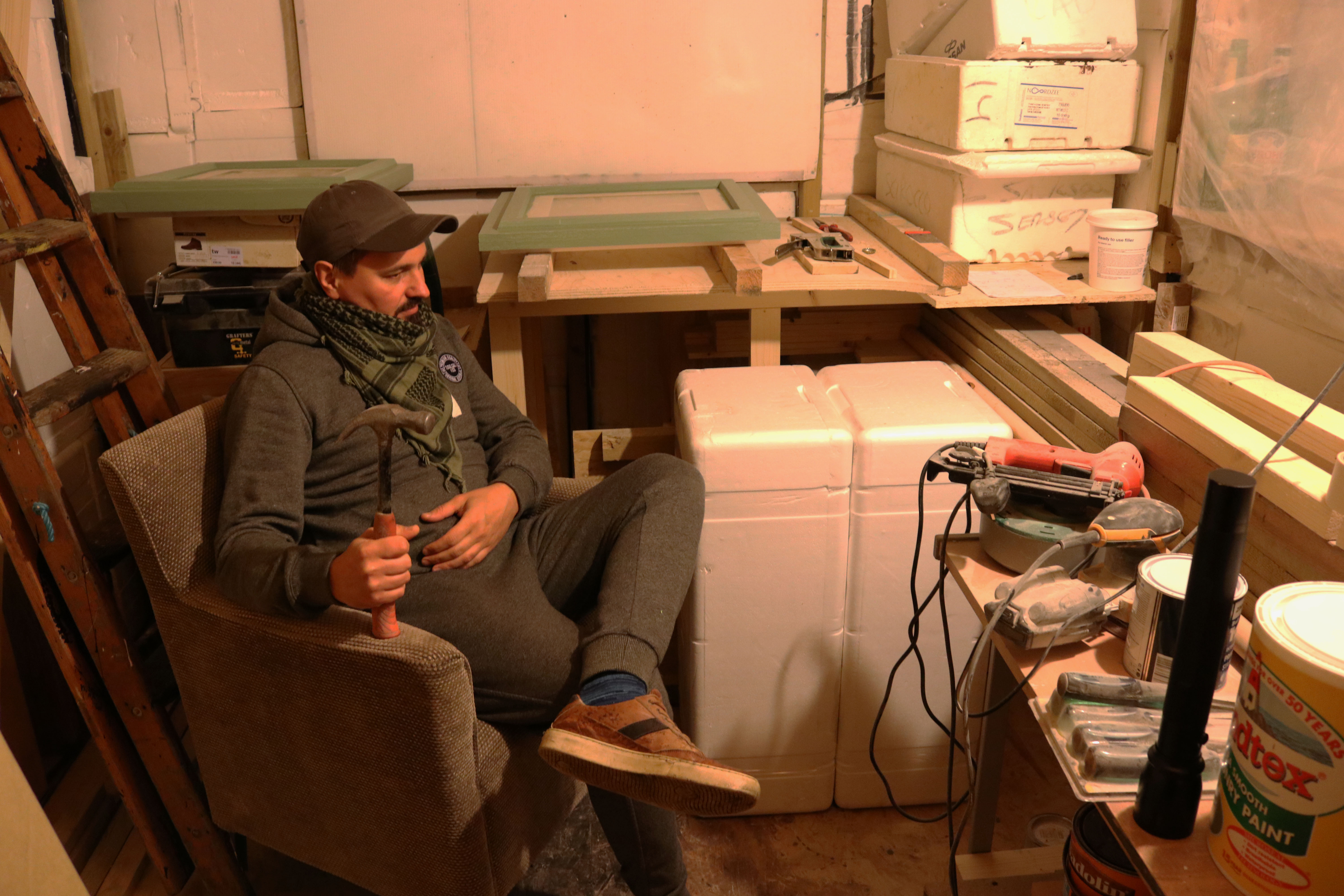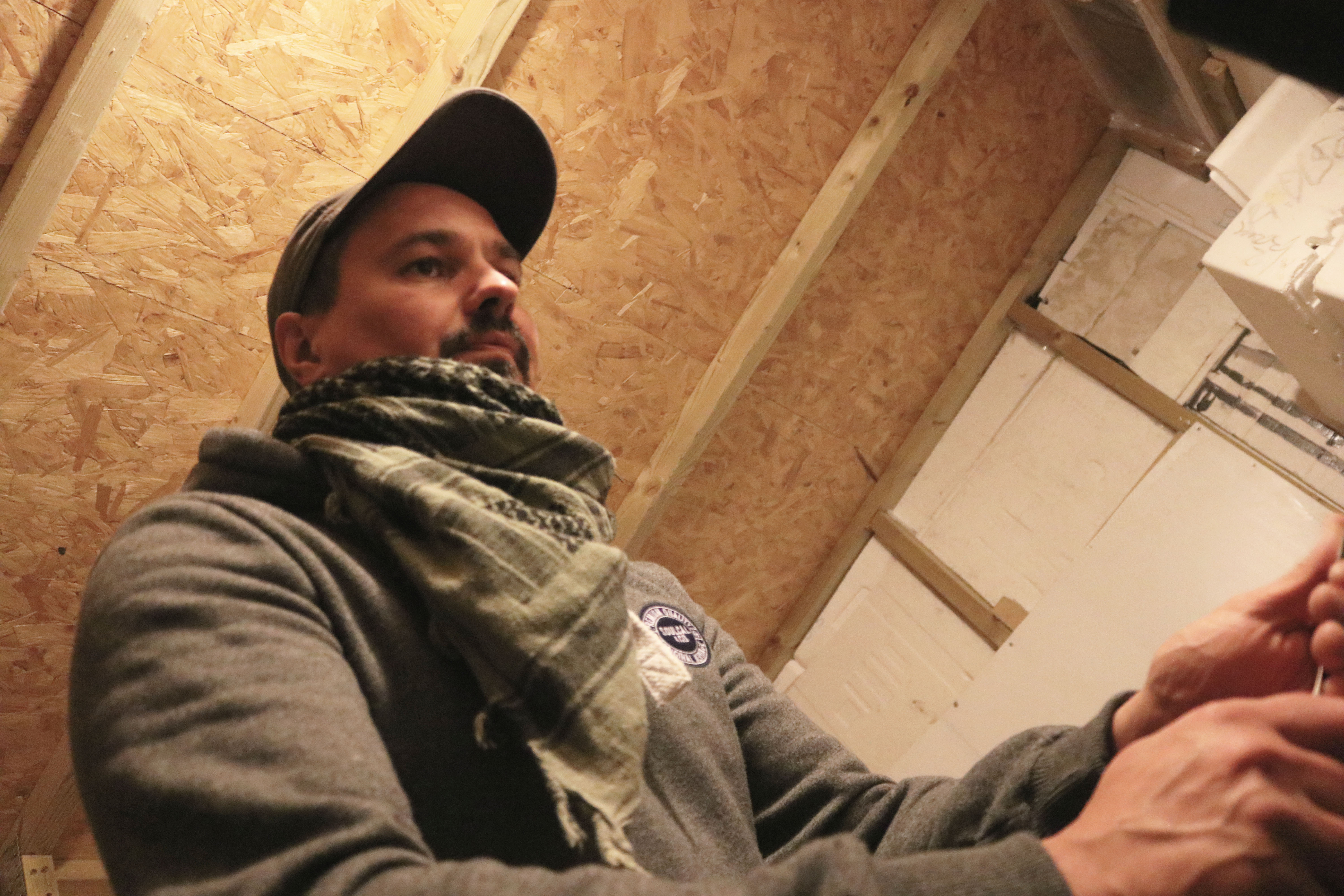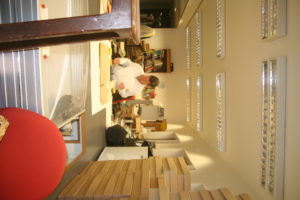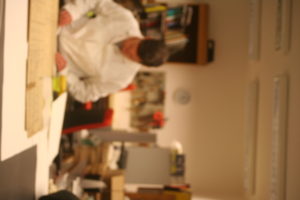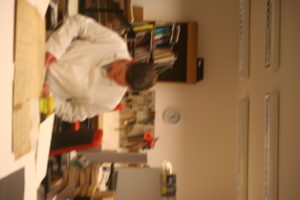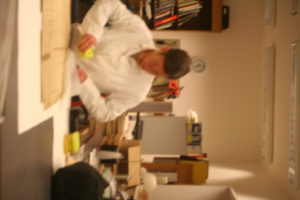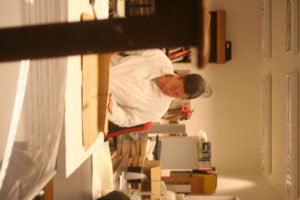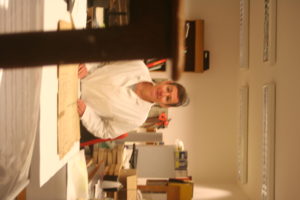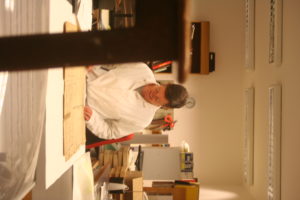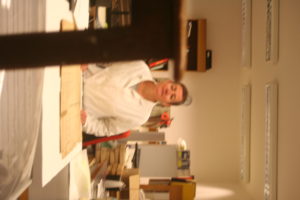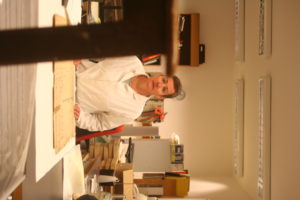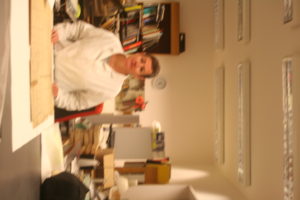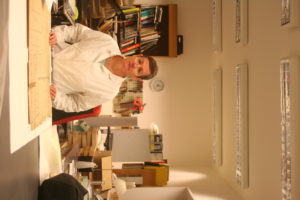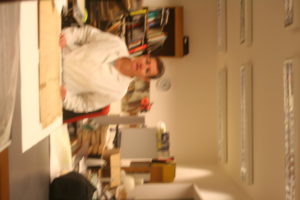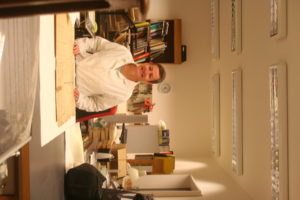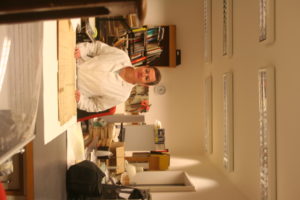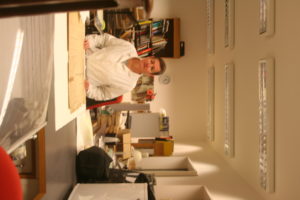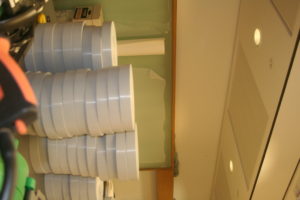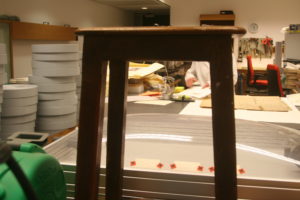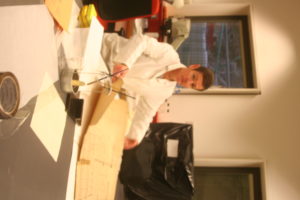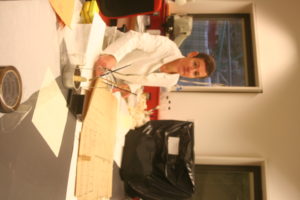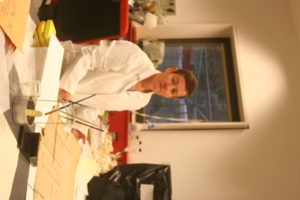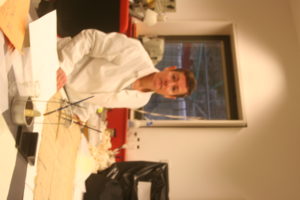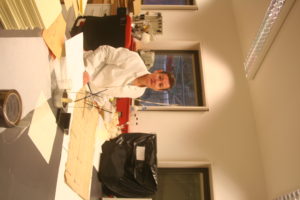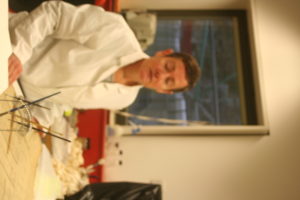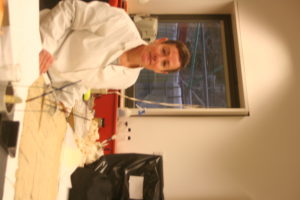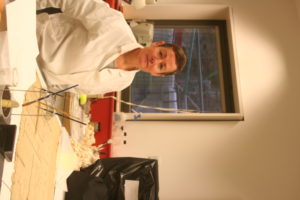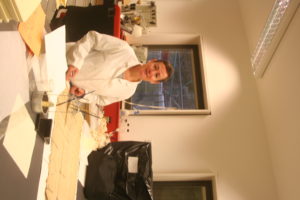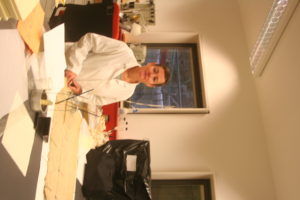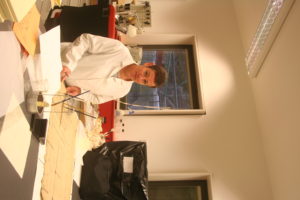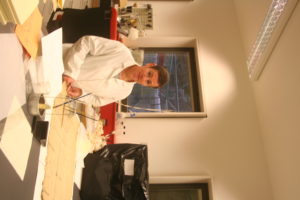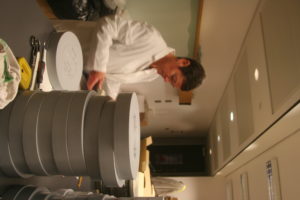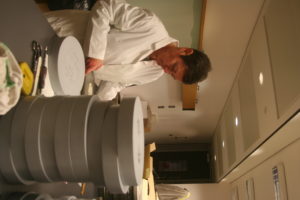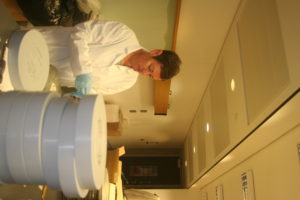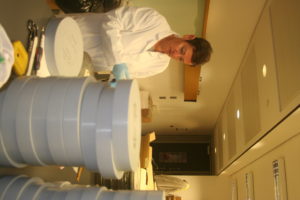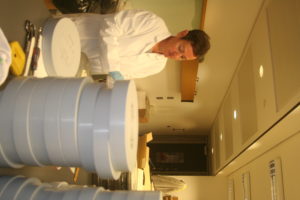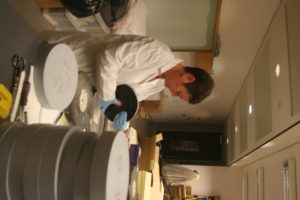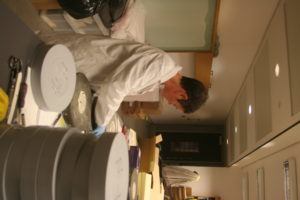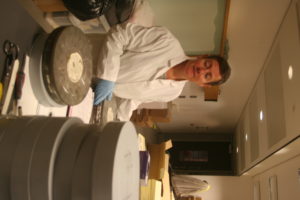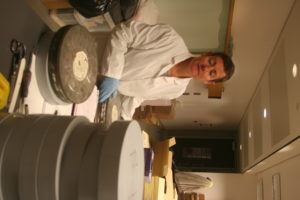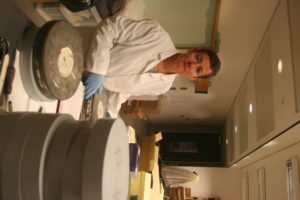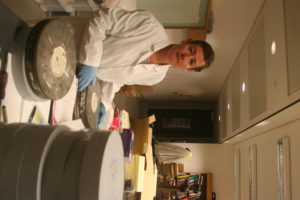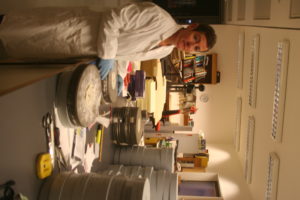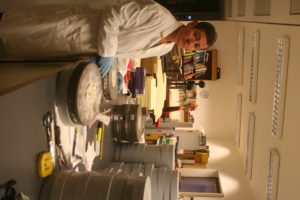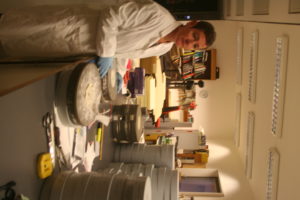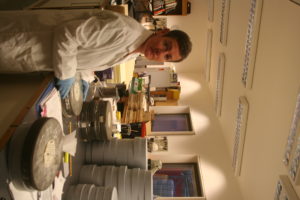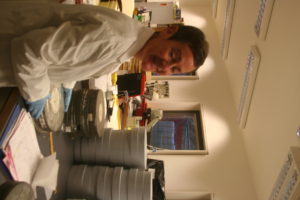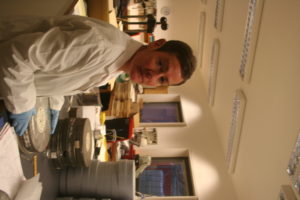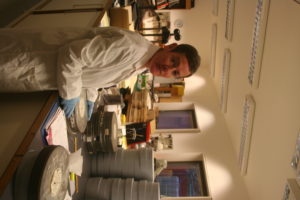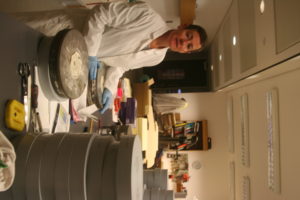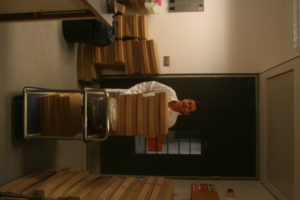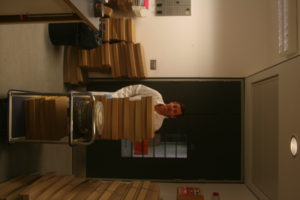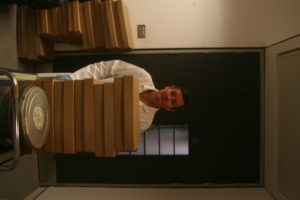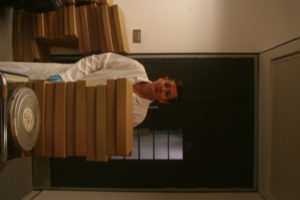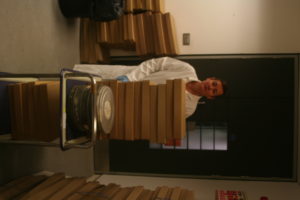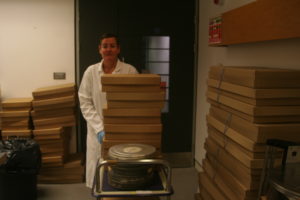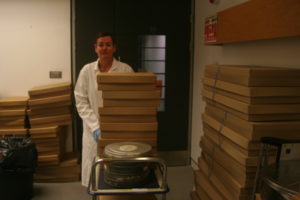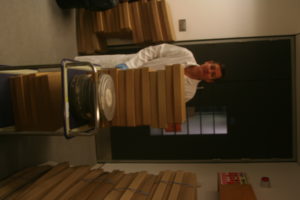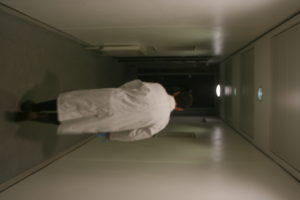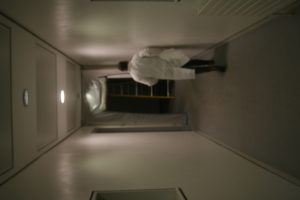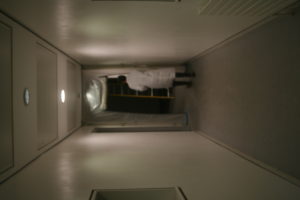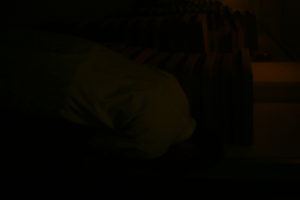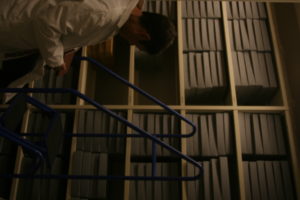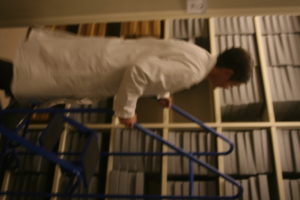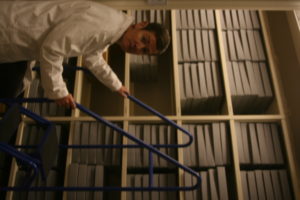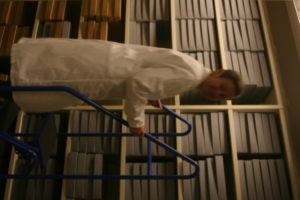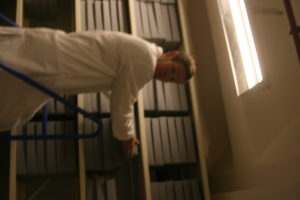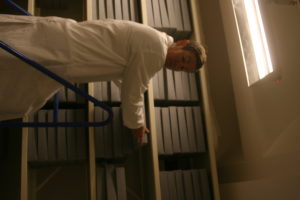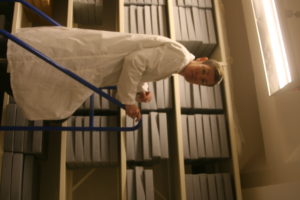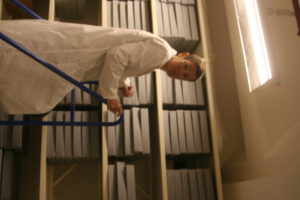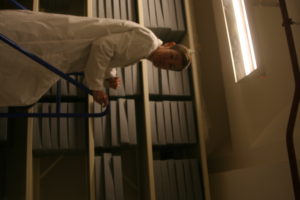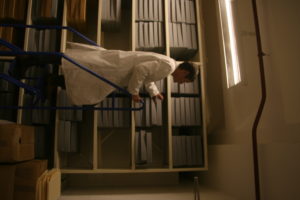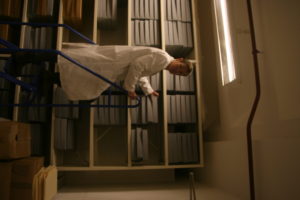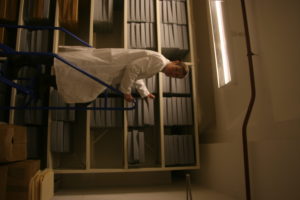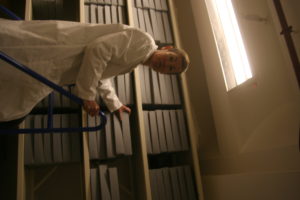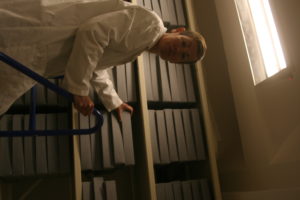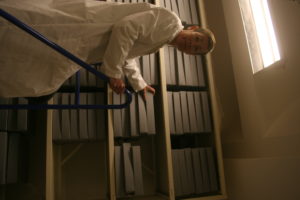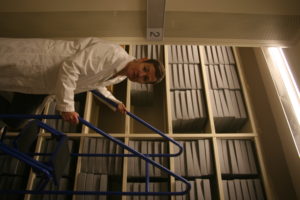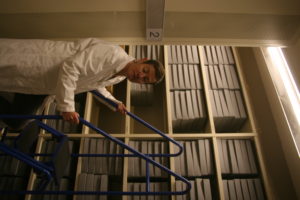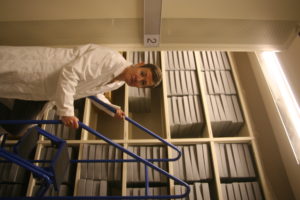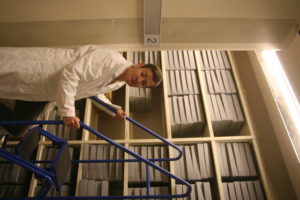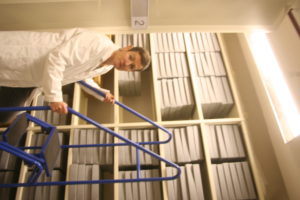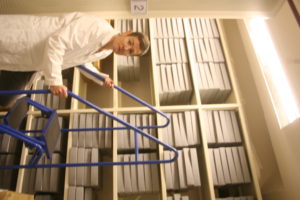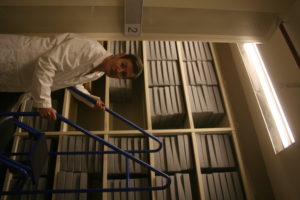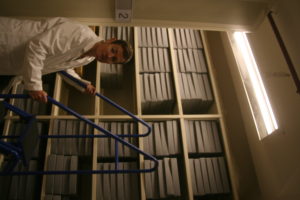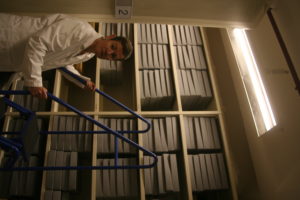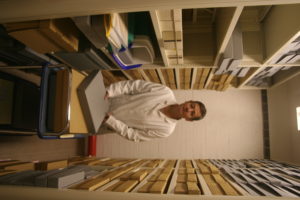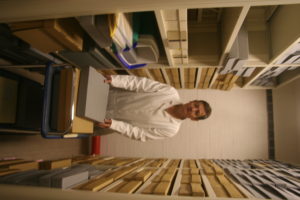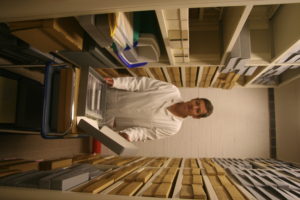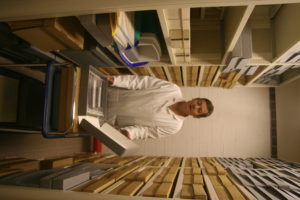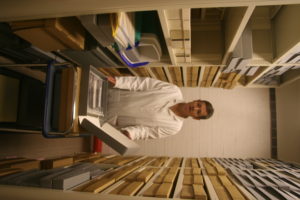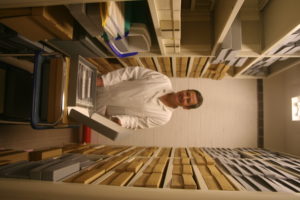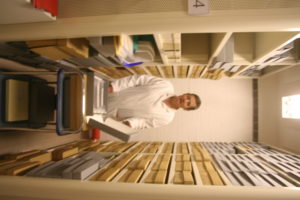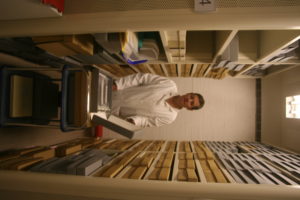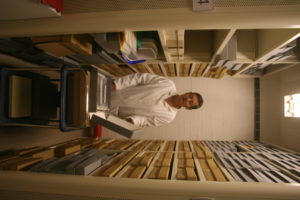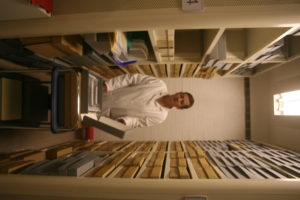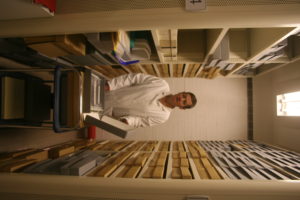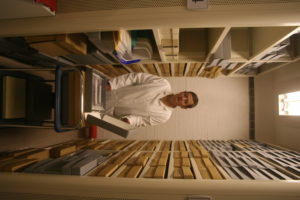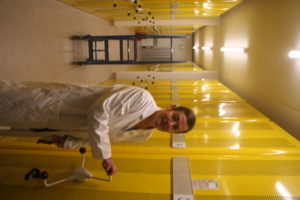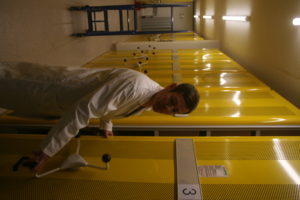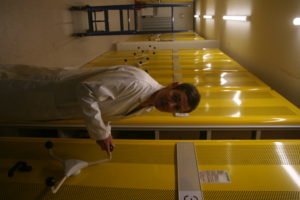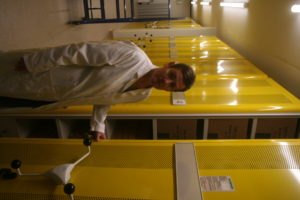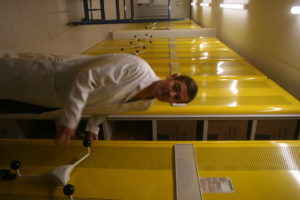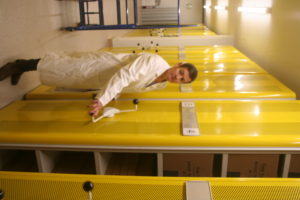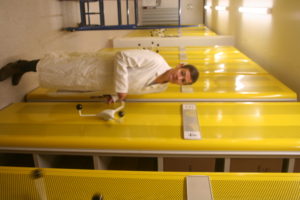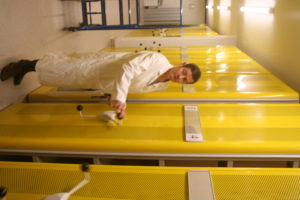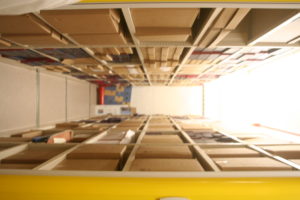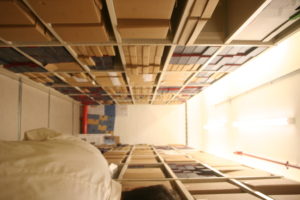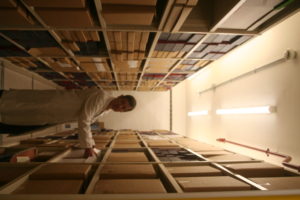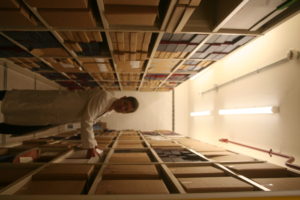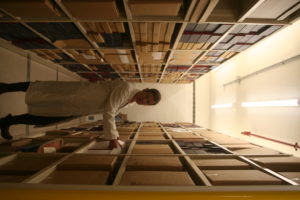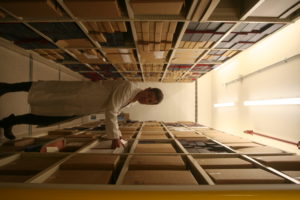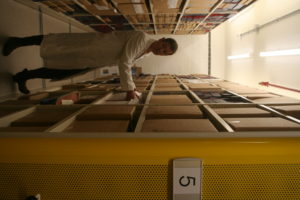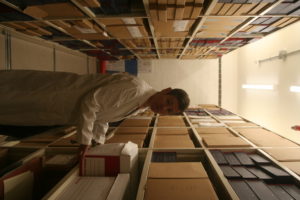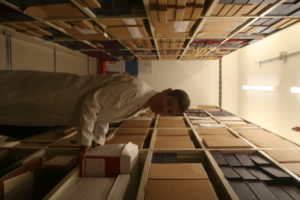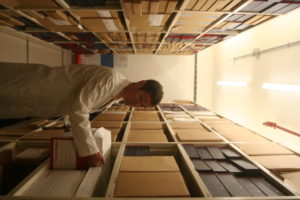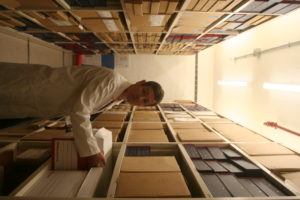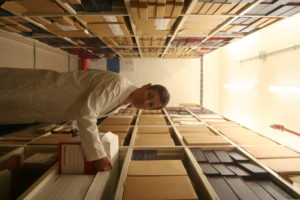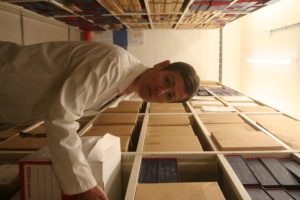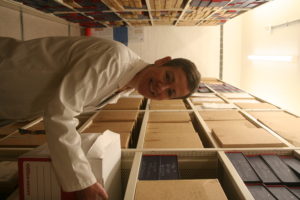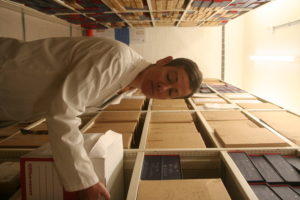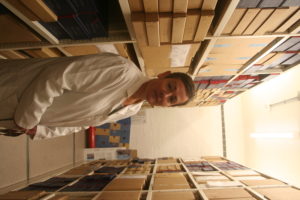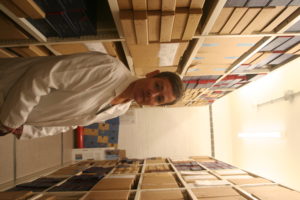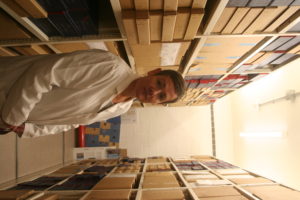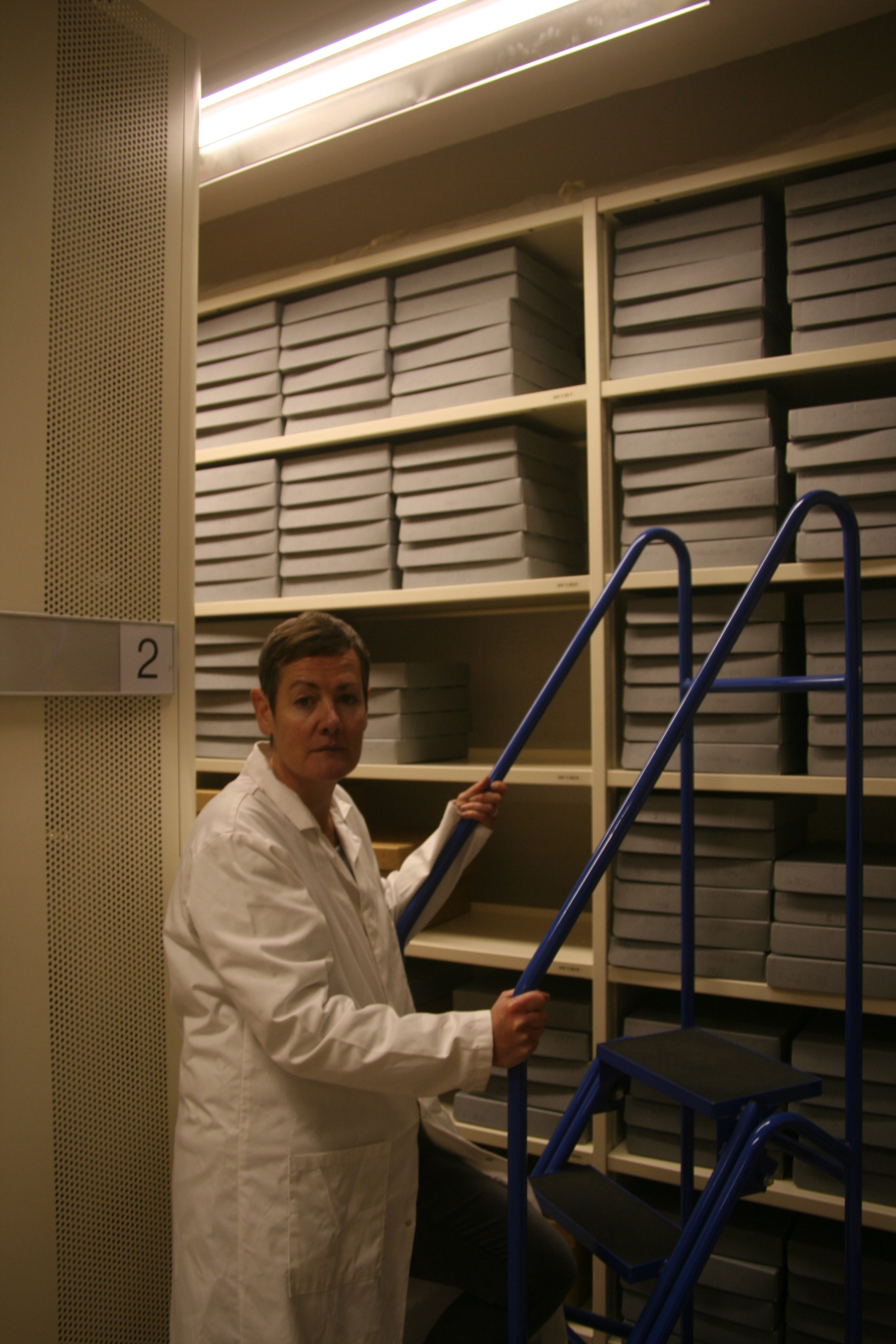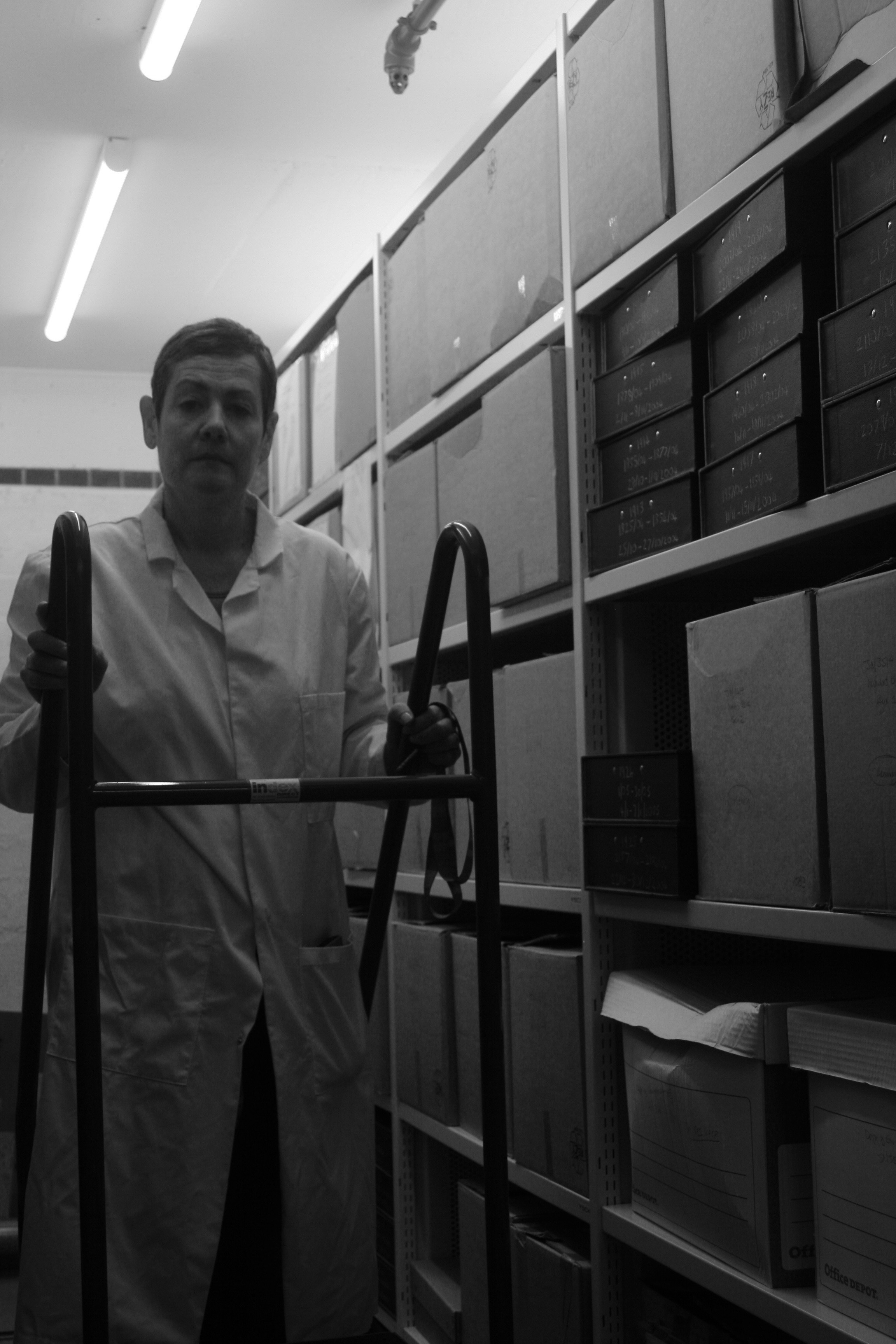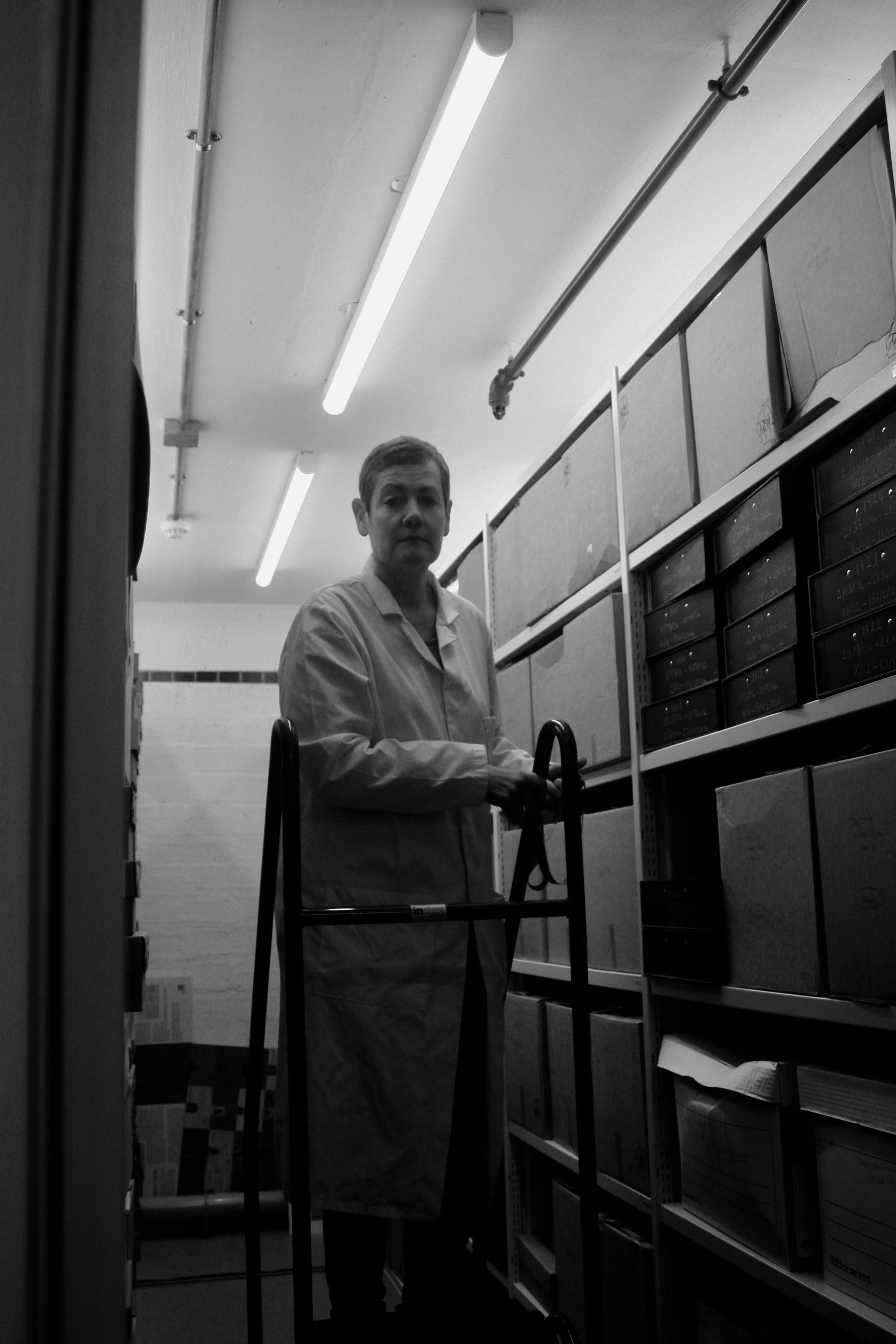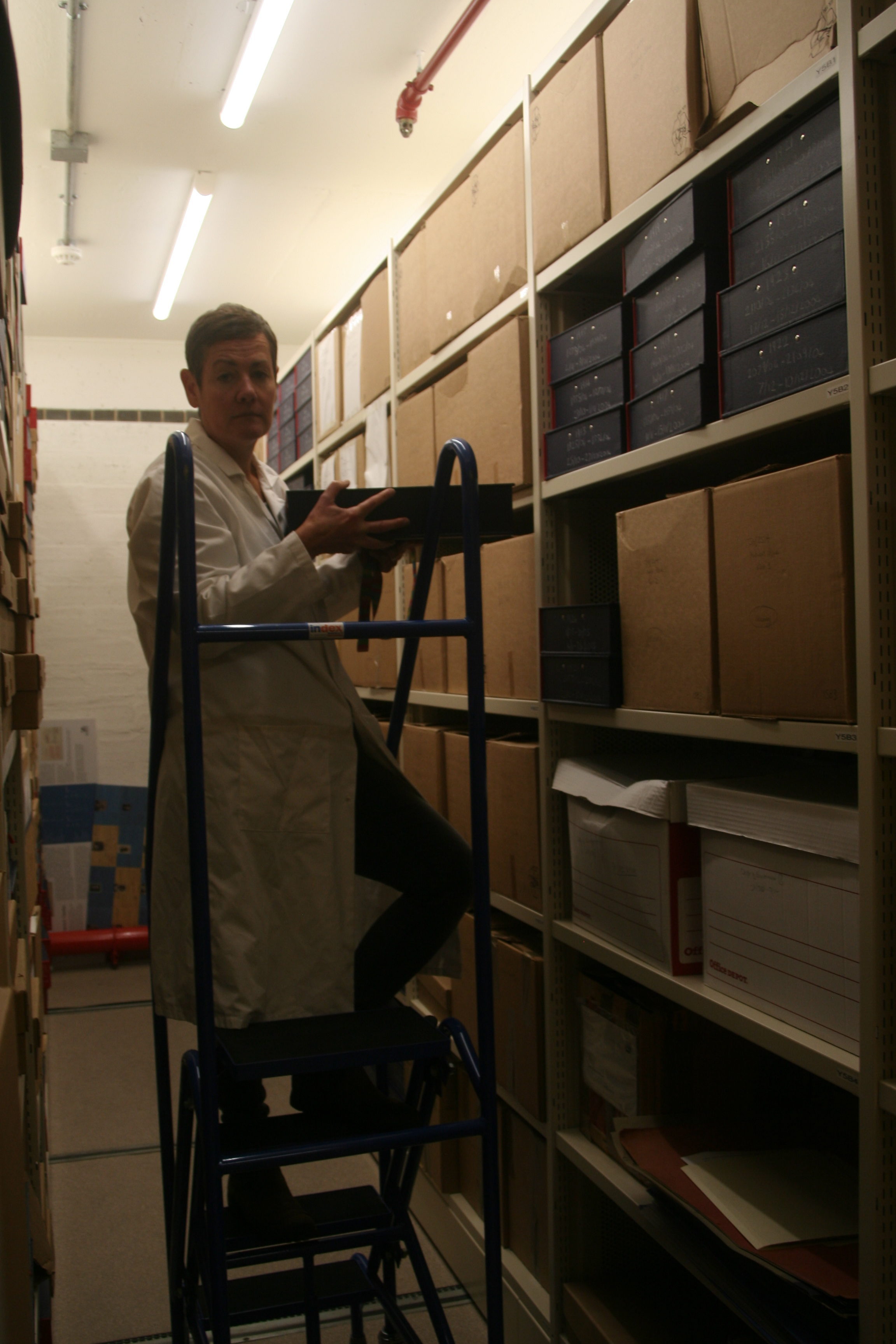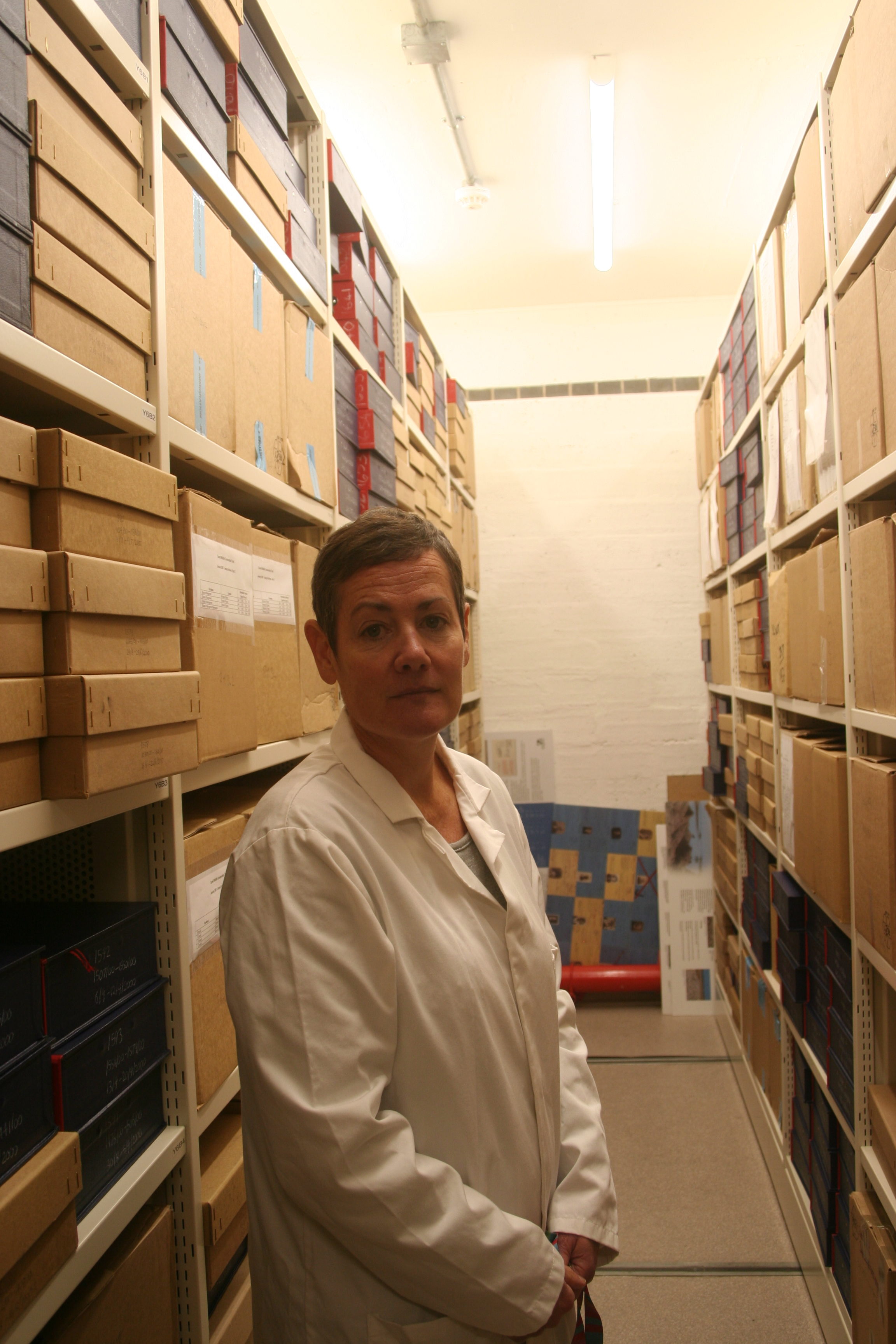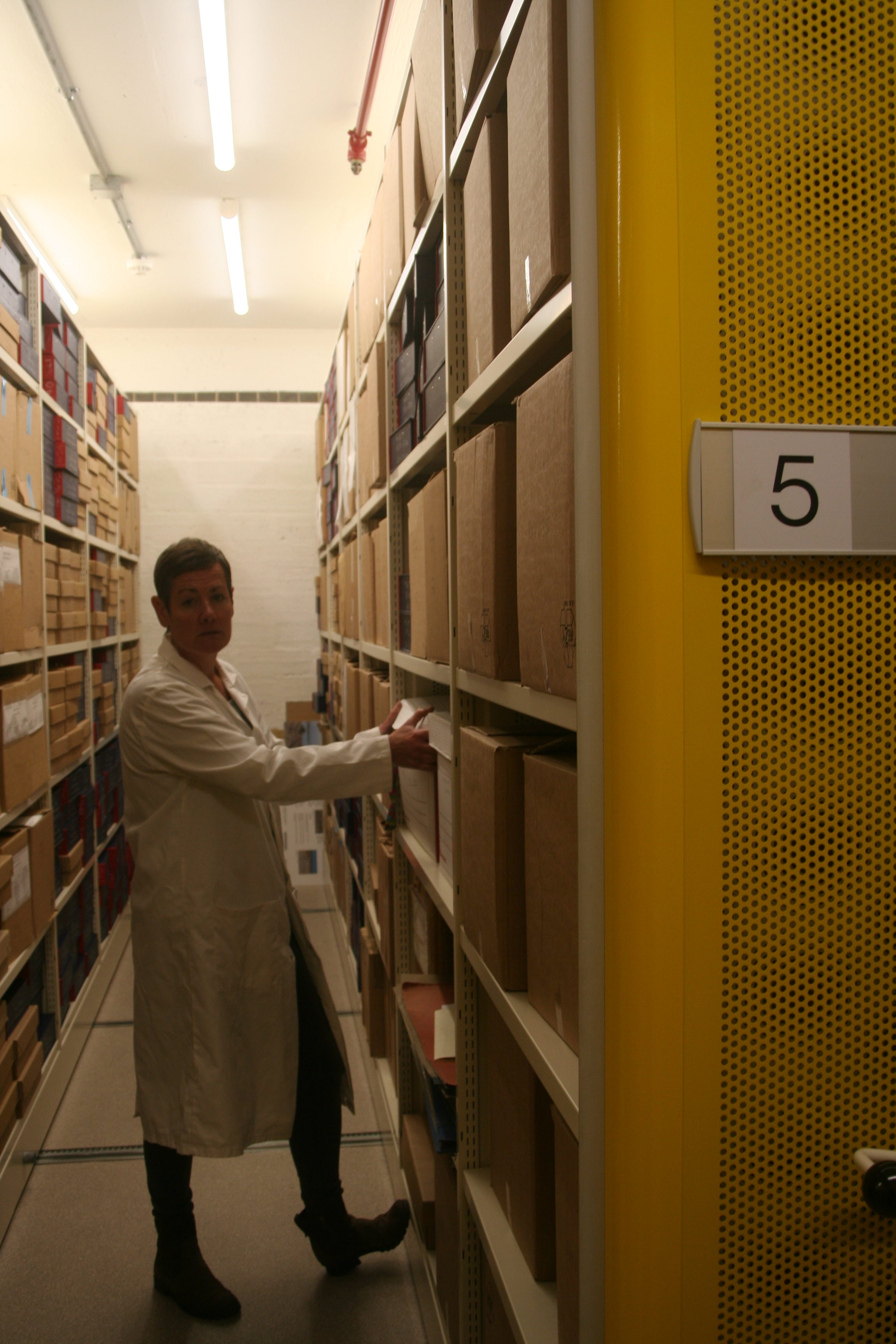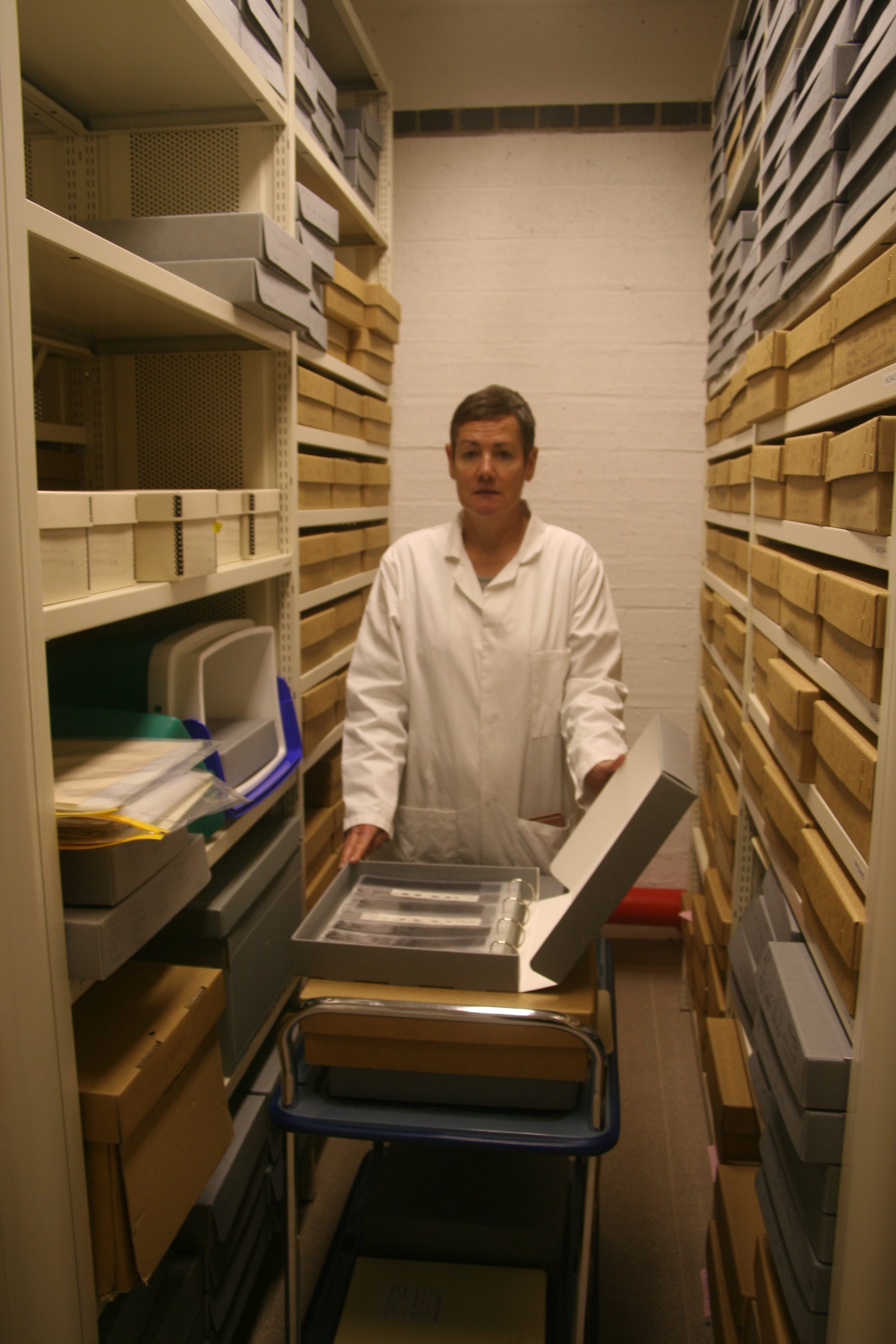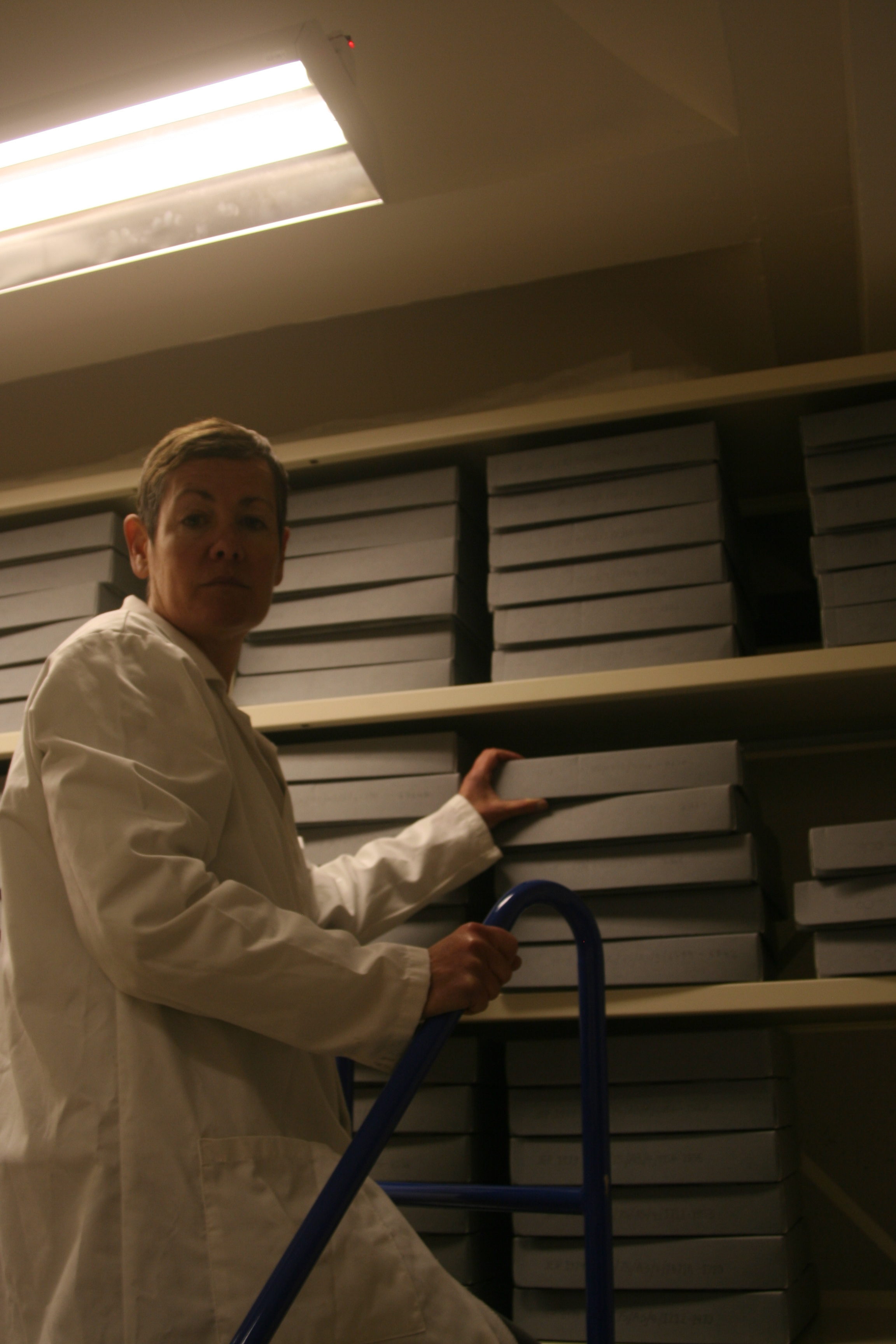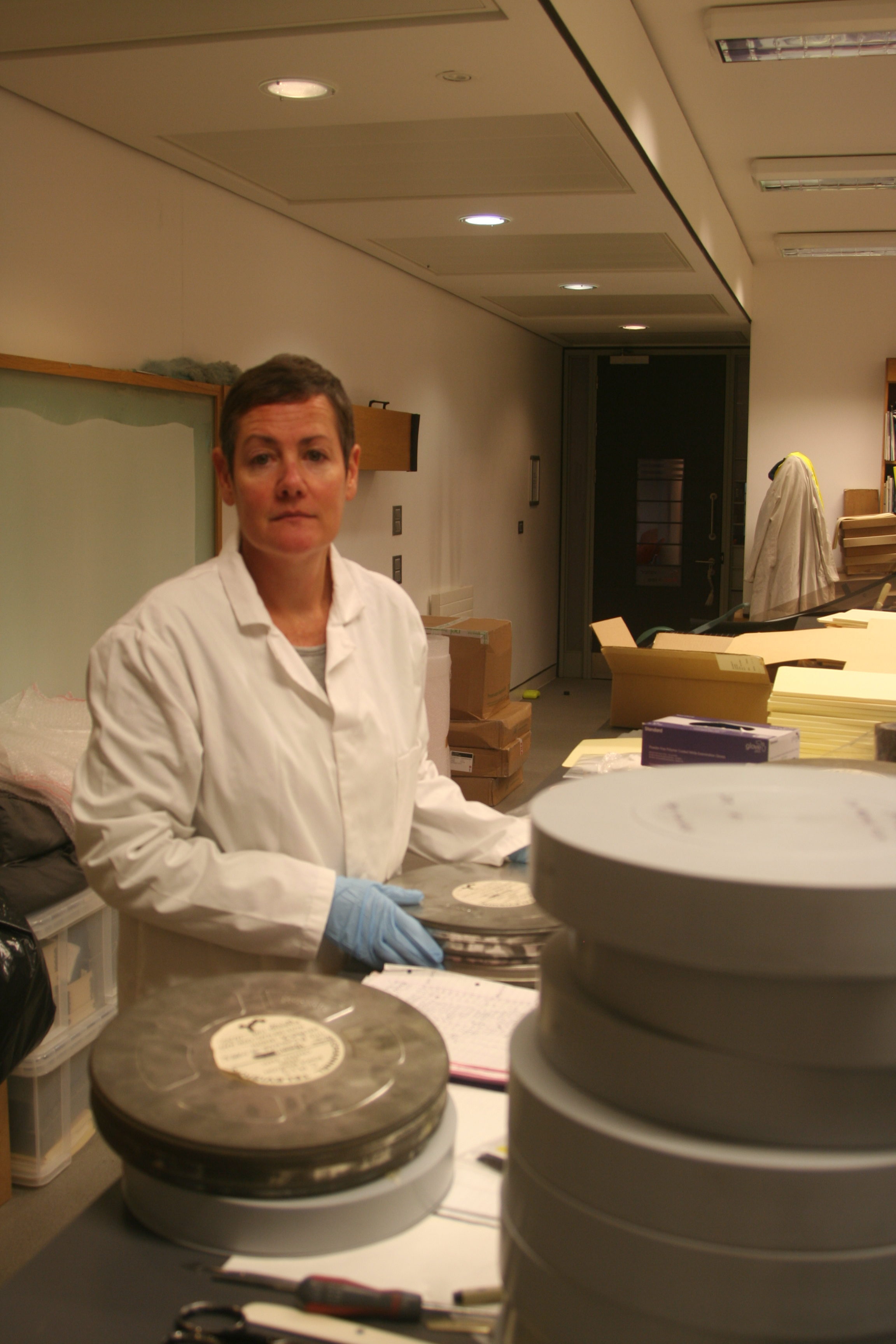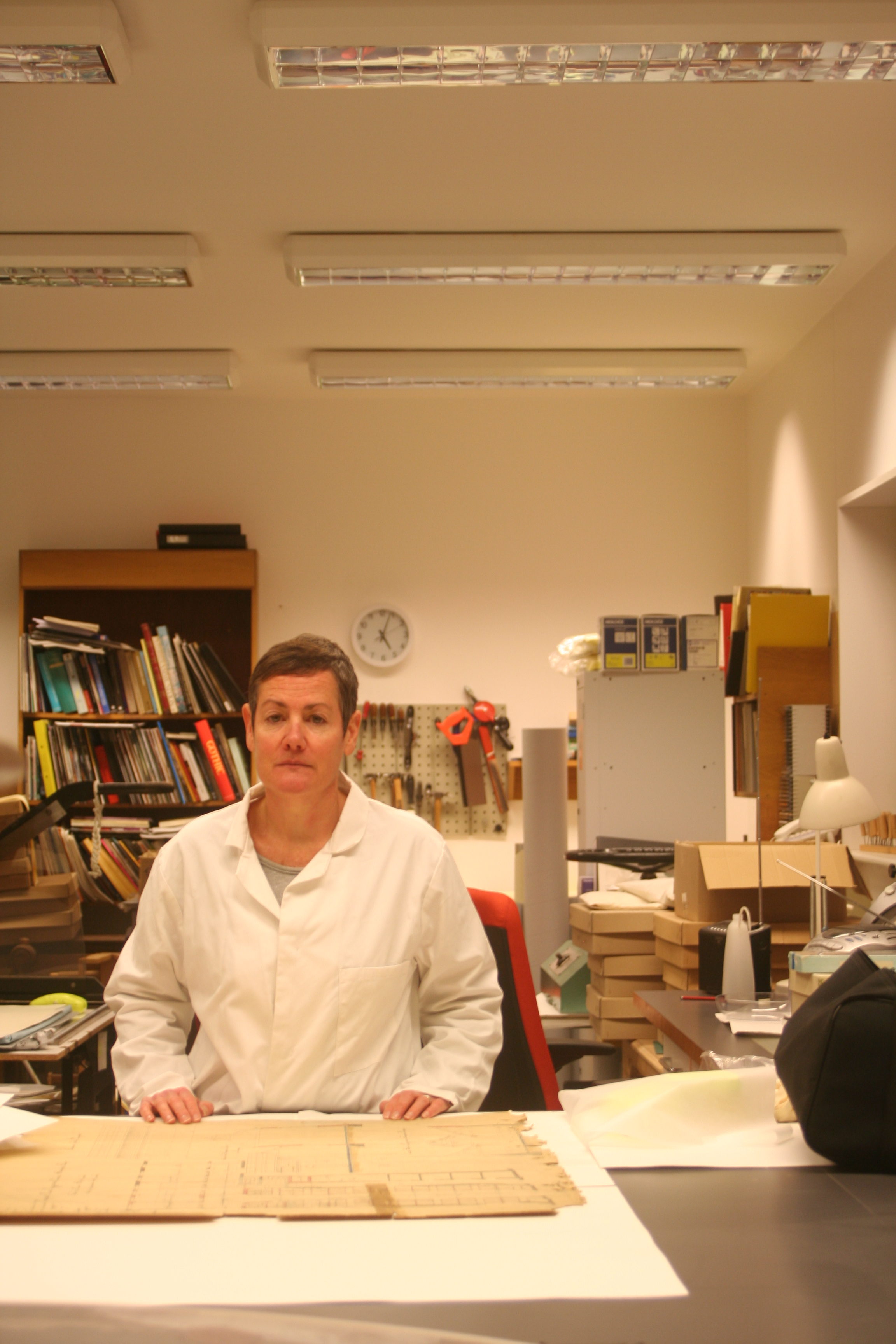Town Environmental Portraits
Action Plan:
When: Saturday
Where: Town, specifically the market
Who: The workers of the shops/stalls
How: Using a Cannon camera with a 25-55mm portrait lens
Why: To capture the variety of different cultures, ages and people in their working environment.
The Photoshoot:

I didn't have a lot of time to take the photos however I did manage to capture a few.
The Selected Images to Manipulate:
I chose these 4 images because I feel it captures the different characters of the different workers. My favourite is the first one featuring the jewellry shop worker. In real life he was quite a moody character and I believe I caught that on camera. I also like the depth of field within the image.
Unfortunately the lighting in quite a few of the photos weren't very good and were very harsh, however that was an environmental factor I couldn't control because I had the use the natural light of the workplace.
Also, the image of the women in the bakery had a white balance that was too warm.
The Manipulated Images:
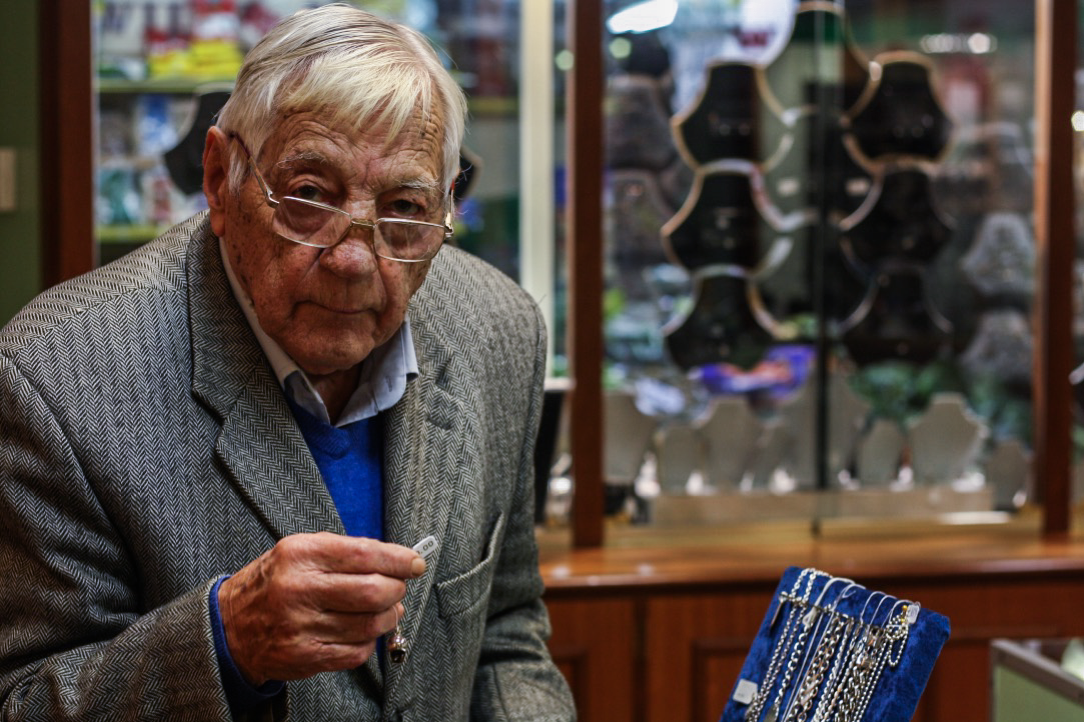

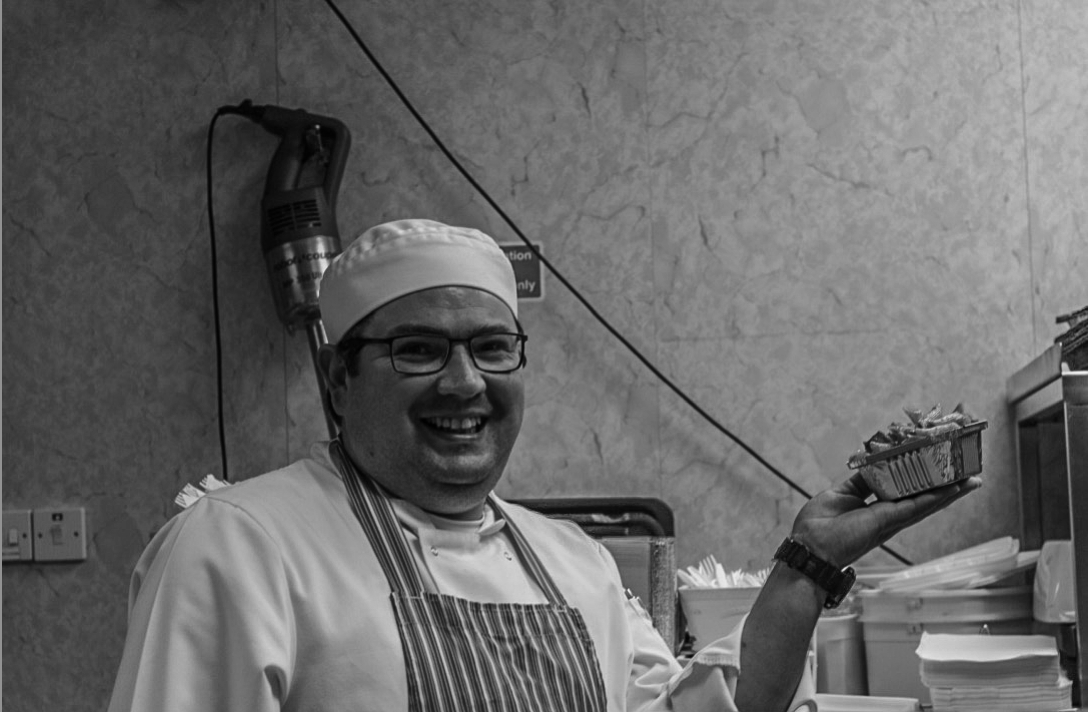
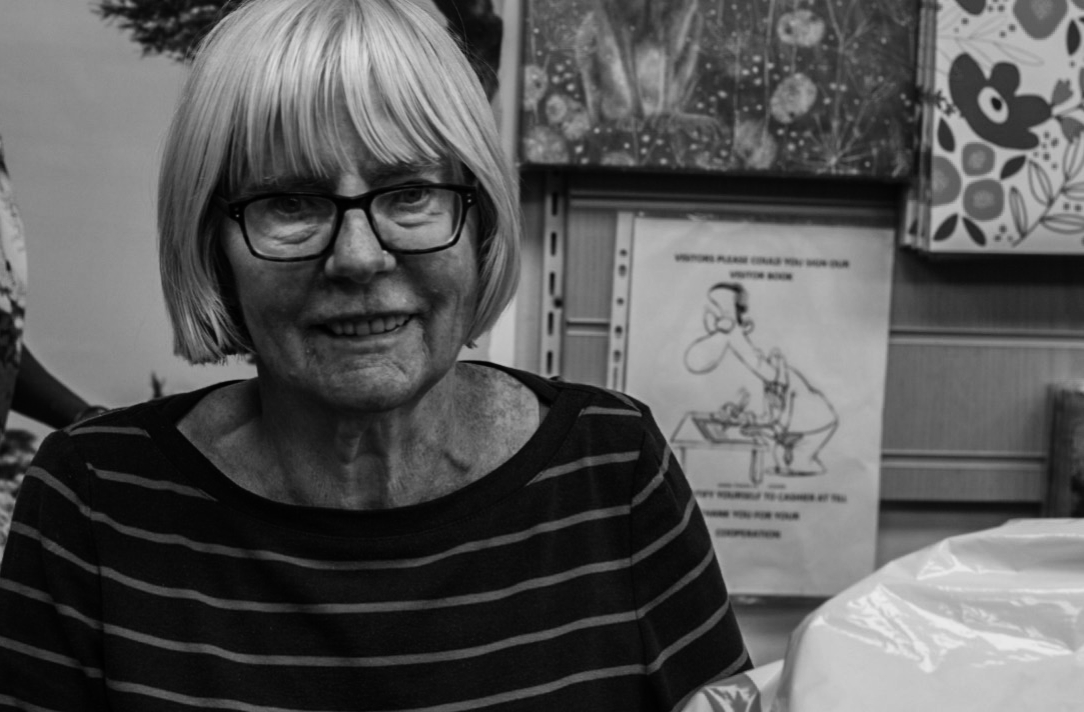
In the second image of the bakery, I had to ammend the warm white balance by applying a cool coloured overlay effect on lightroom to even it out and neutralise it. For the jewellry worker I adjusted the clarity, contrast and exposure. For both the 3rd and 4th image I applied a black and white preset, then I adjusted theexposure, contrast, clarity and noise of the photo. I also slightly cropped the 3rd photo to remove the counter in the bottom left corner.
School Environmental Portraits
Action Plan:
When: During school timesWhere: At Hautlieu School
Who: The teachers, workers and students of the school
How: Using a cannon camera with a 25-55mm portrait lens
Why: To capture the spirit and different personalities/identities of the different people in the workplace.
The Photoshoot:
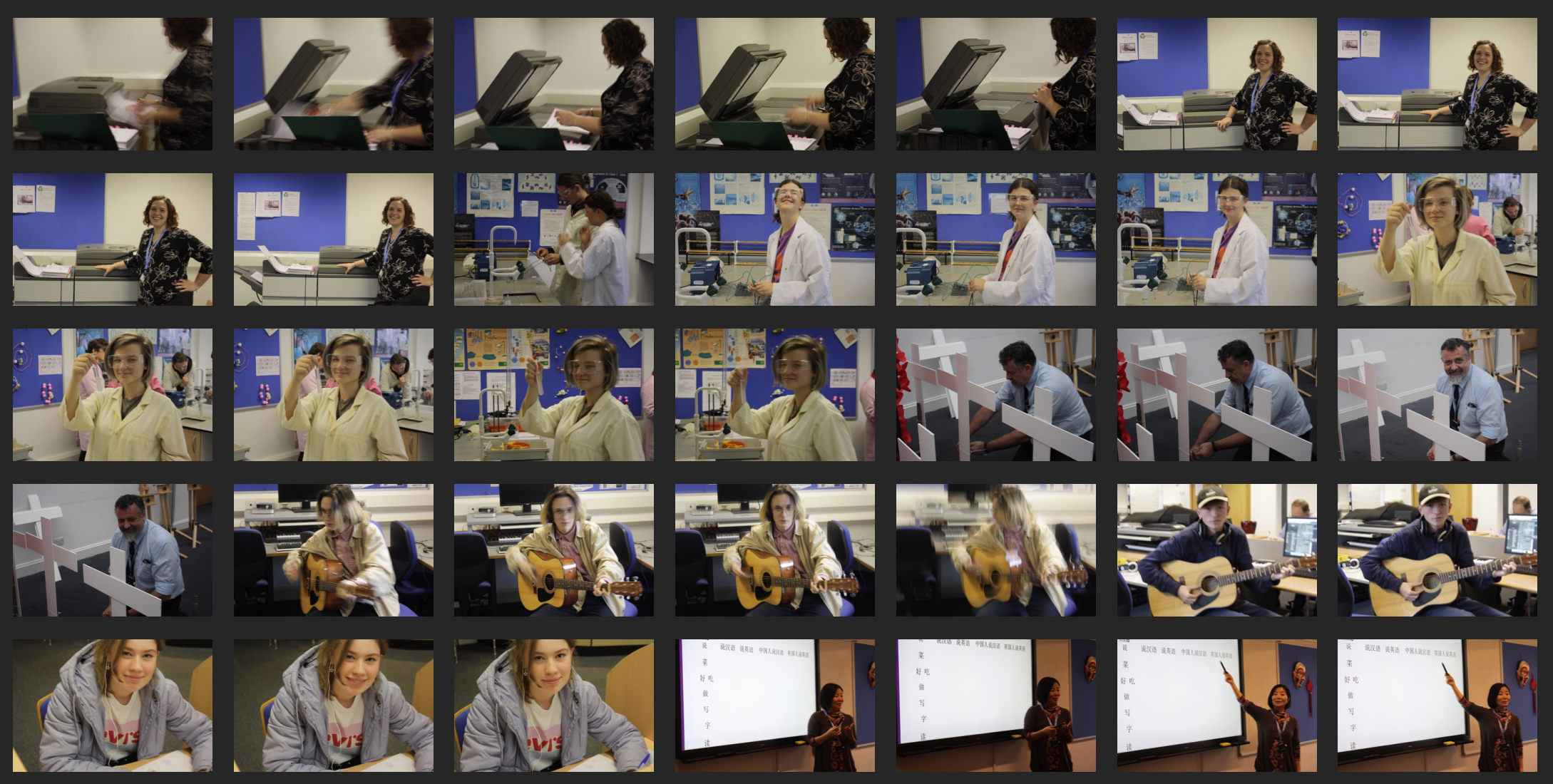

I took a lot of pictures in this shoot, however the shutterspeed of the camera was acting up, so unfortunately as a result many of the images are blurry.
The Selected Images for Manipulation:
I like how some of the images turned out, such as the maintainance man, the science student, and the two female teachers. However I don't like the image of the boy with the guitar because it is blurry. However I wanted to try to ammend during manipulation. Also, I am slightly bugged by the image of the mandarin teacher because the white balance is too warm.
The Manipulation:
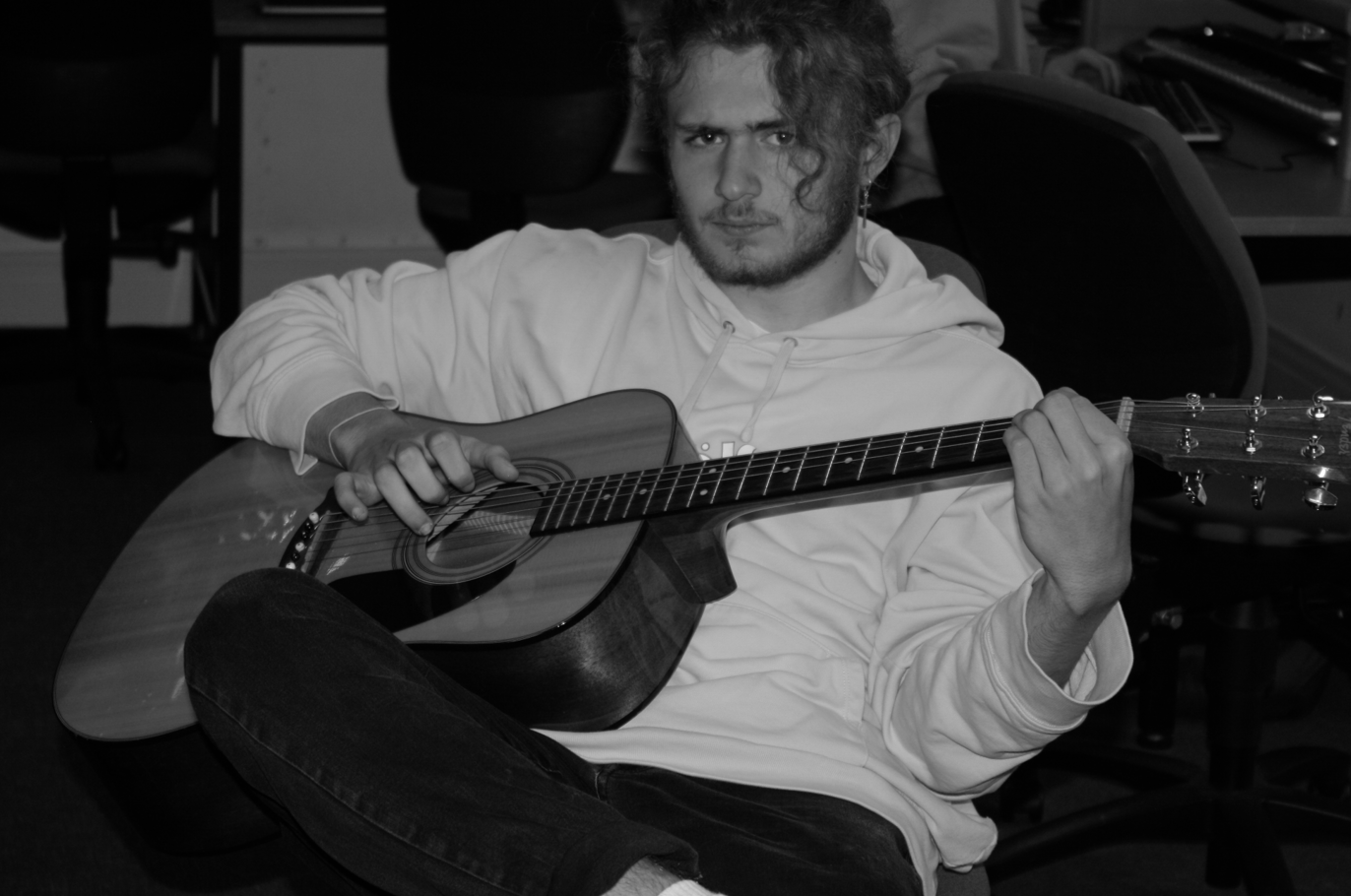
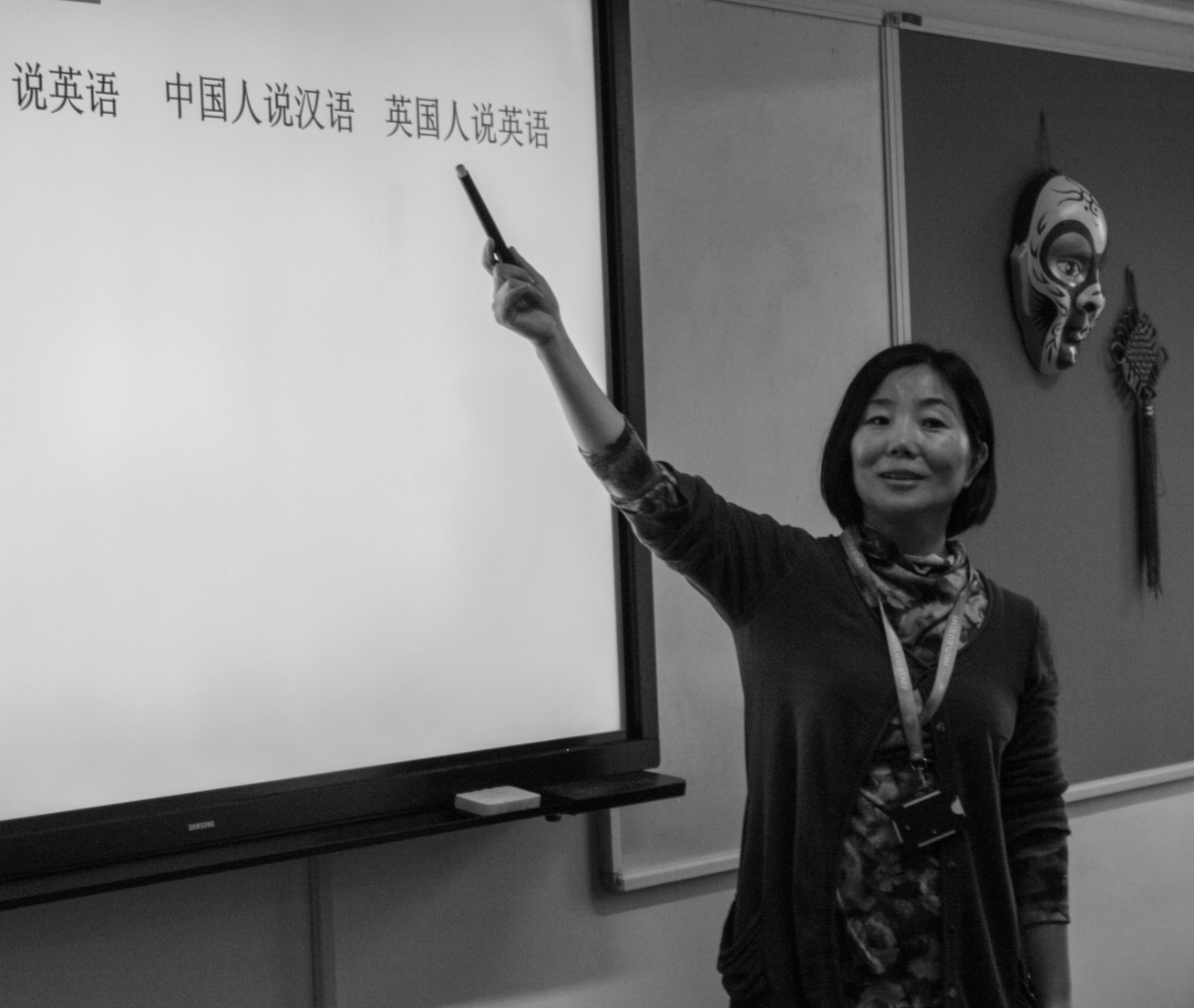
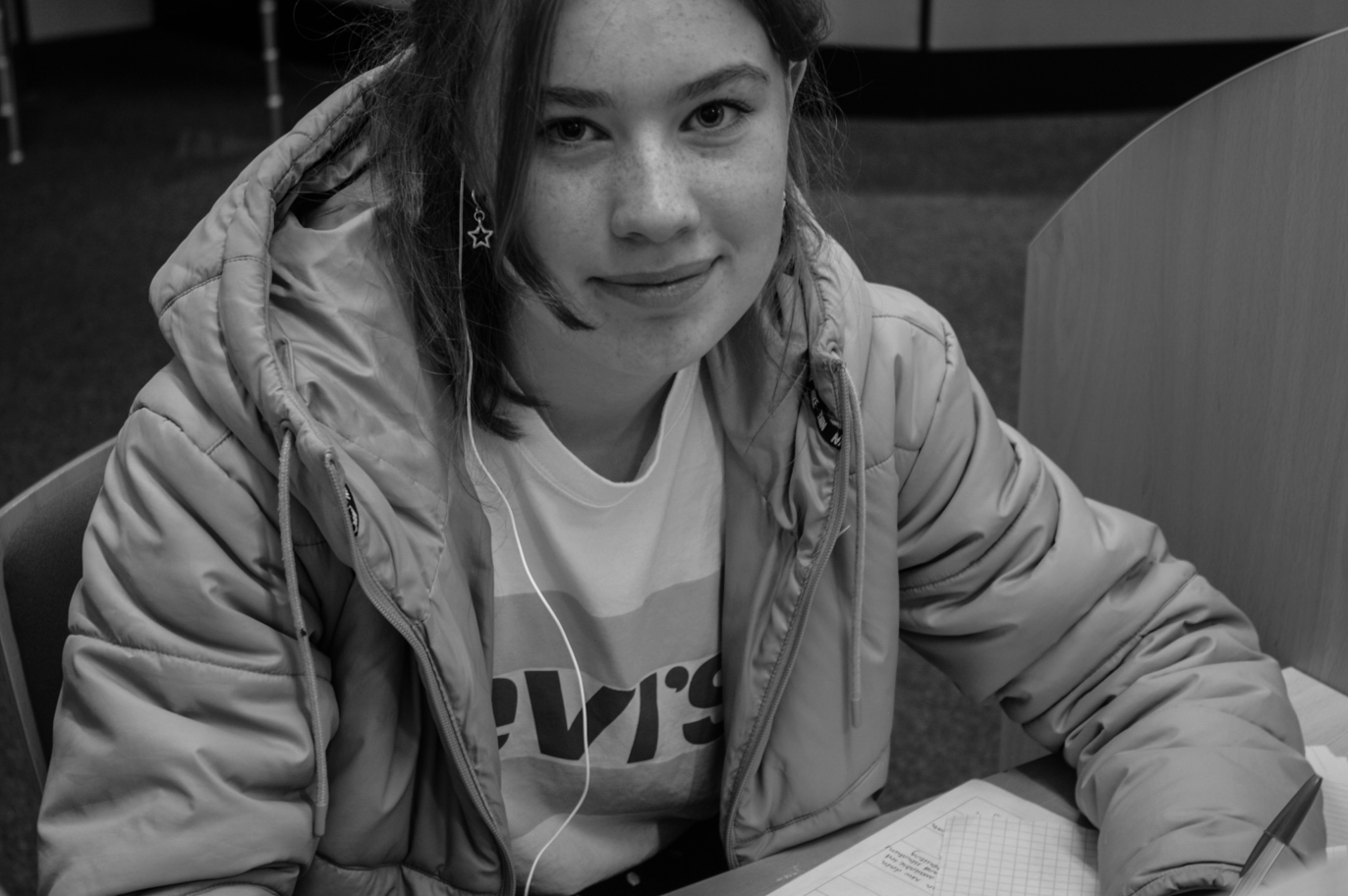
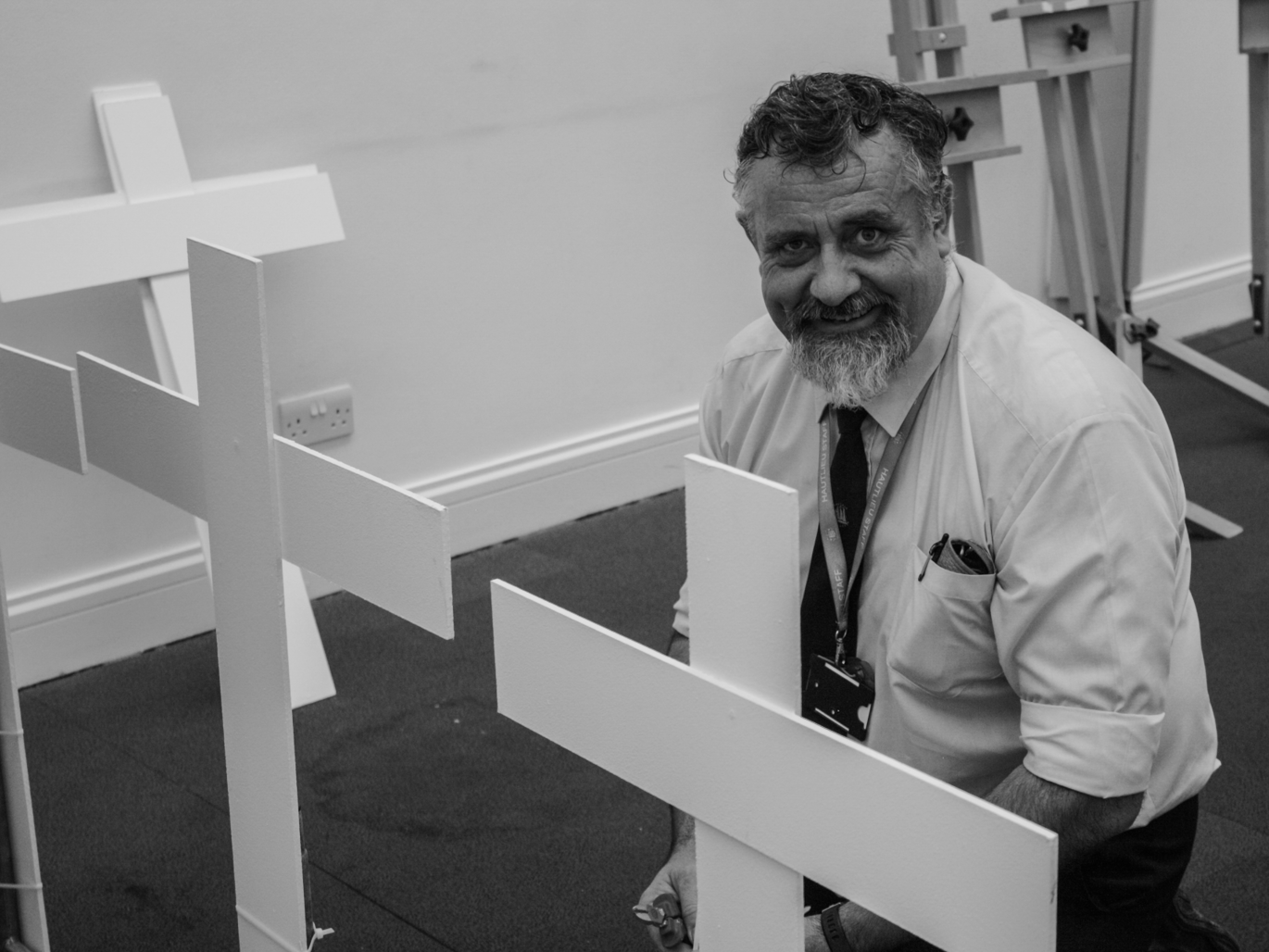
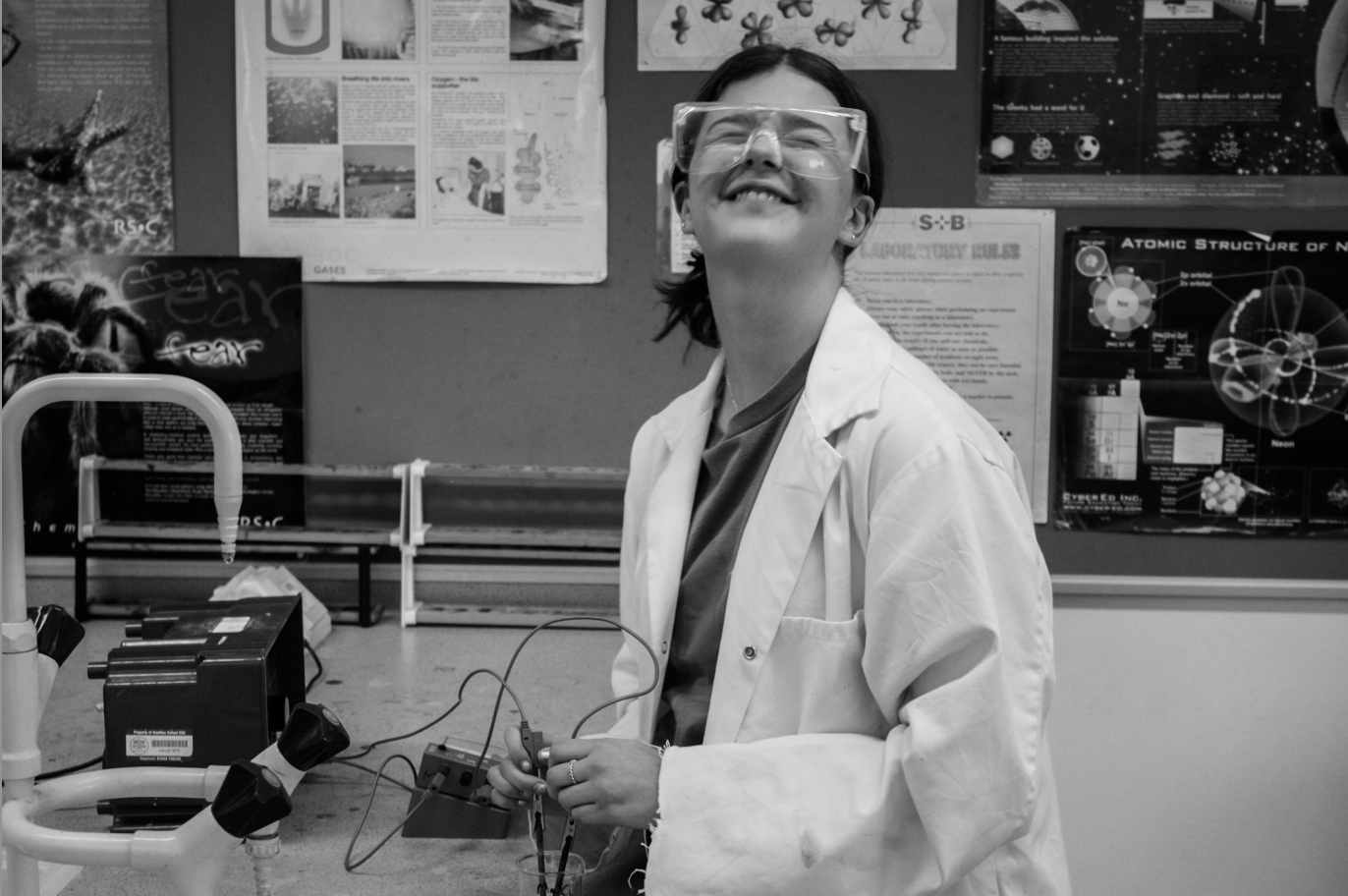
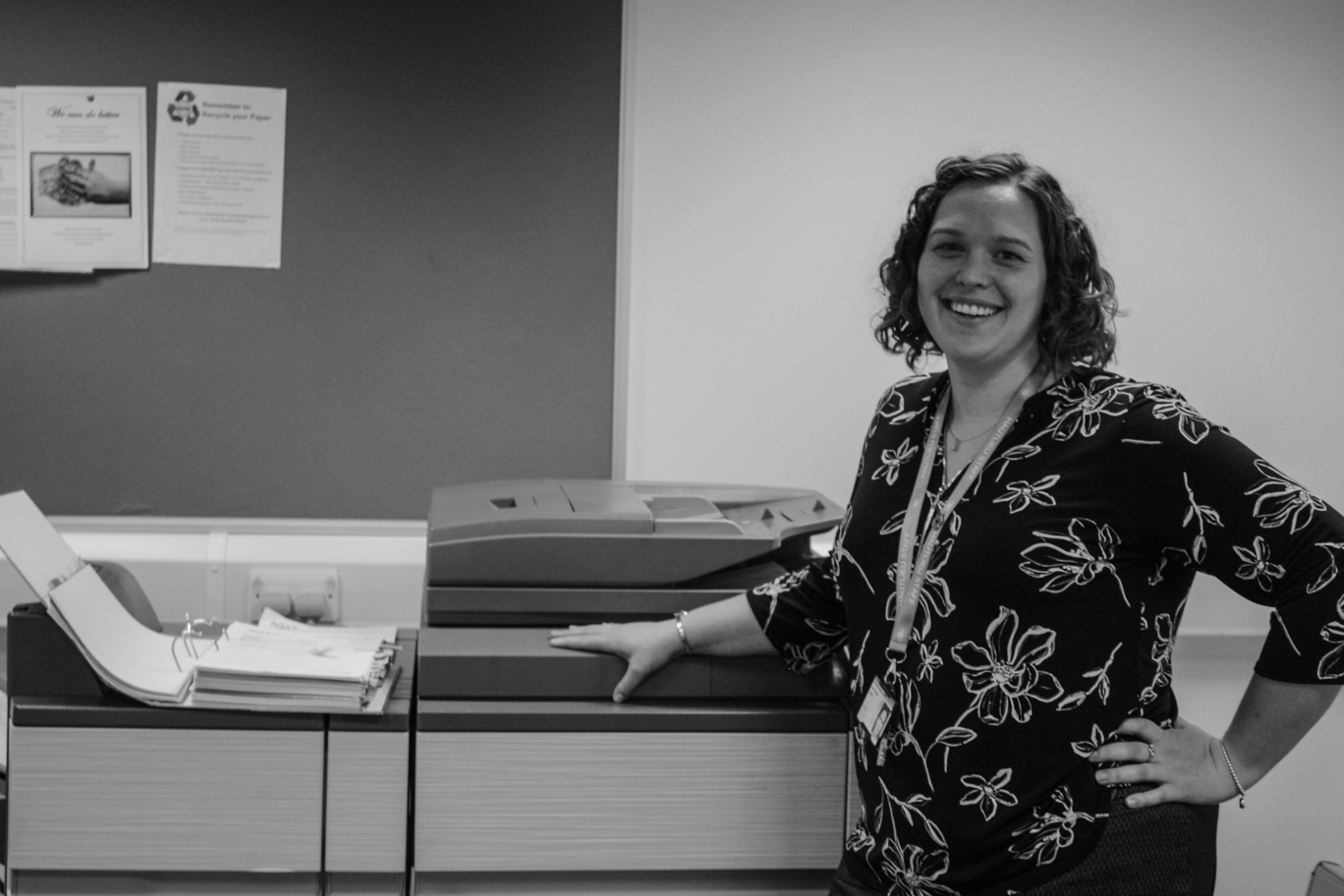
For all of the images I applied a black and white preset on adobe lightroom because I feel it drew more focus onto the actual people in the images. I then cropped and adjusted the contrast, clarity, exposure, lights and shadows of the images until I got a result I wanted. My favourite image is of the maintainance man because I feel i captured both his personality and the aptmosphere of the photo which was very friendly.
Reflection on Both Photoshoots:
There are some images I like out of the shoots, however there is a lot to be learned. I need to figure out white balance a lot more, and the focus of the camera. I need to continue practicing until I nail getting the perfect focus on my images. I also need to take a lot more photos of a vast variety of people to be able to create a vast contrast on the amount of different people.
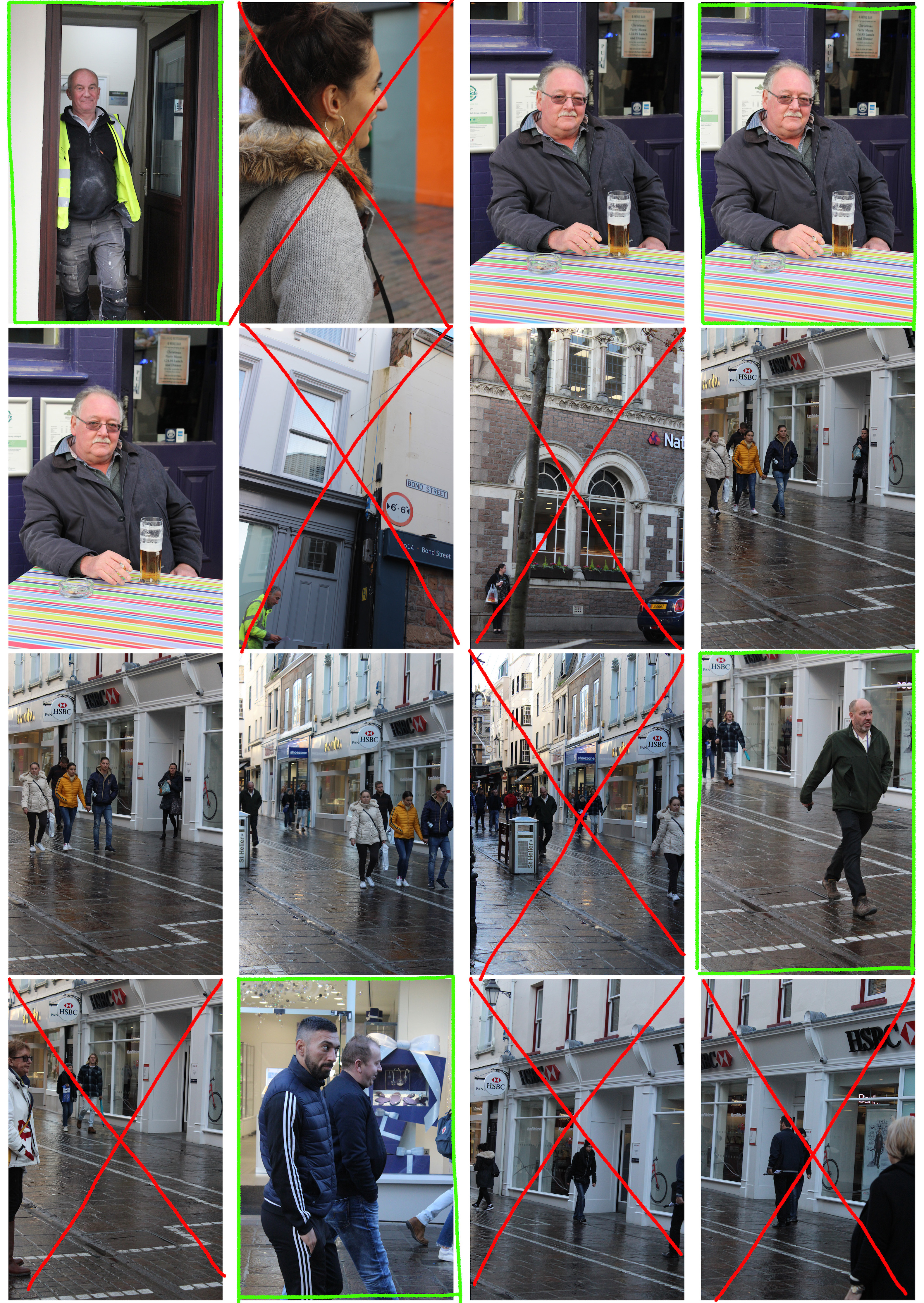
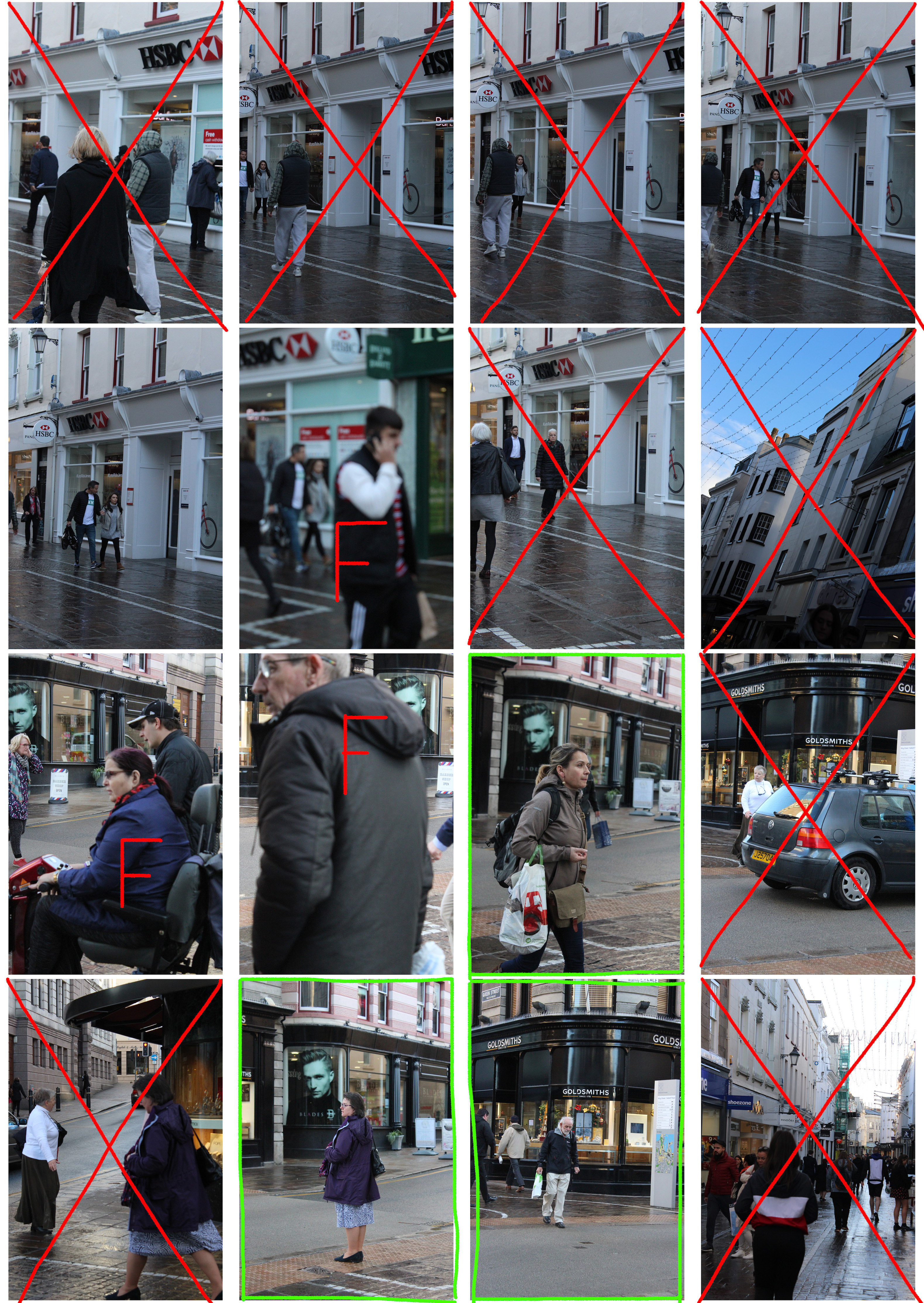









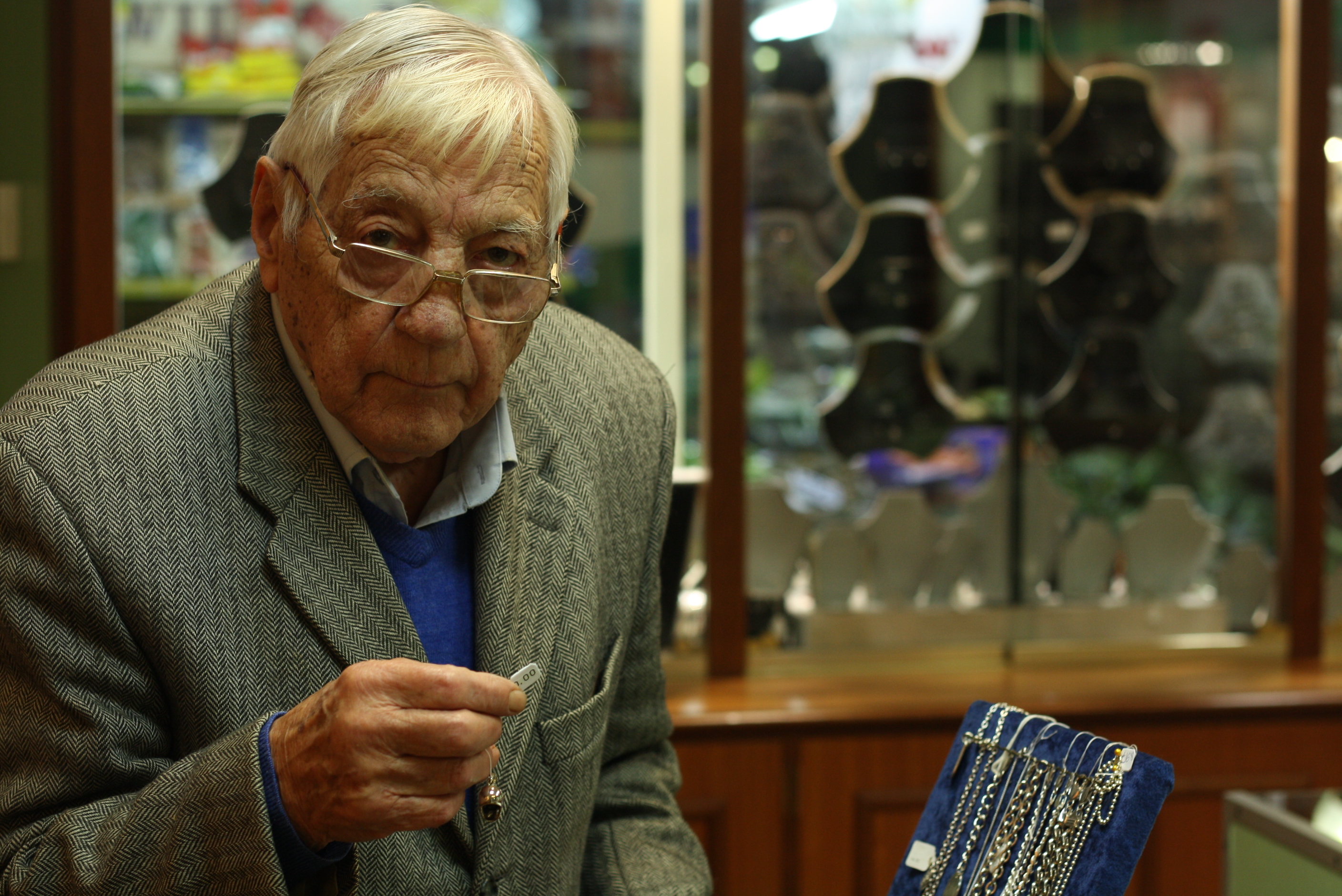









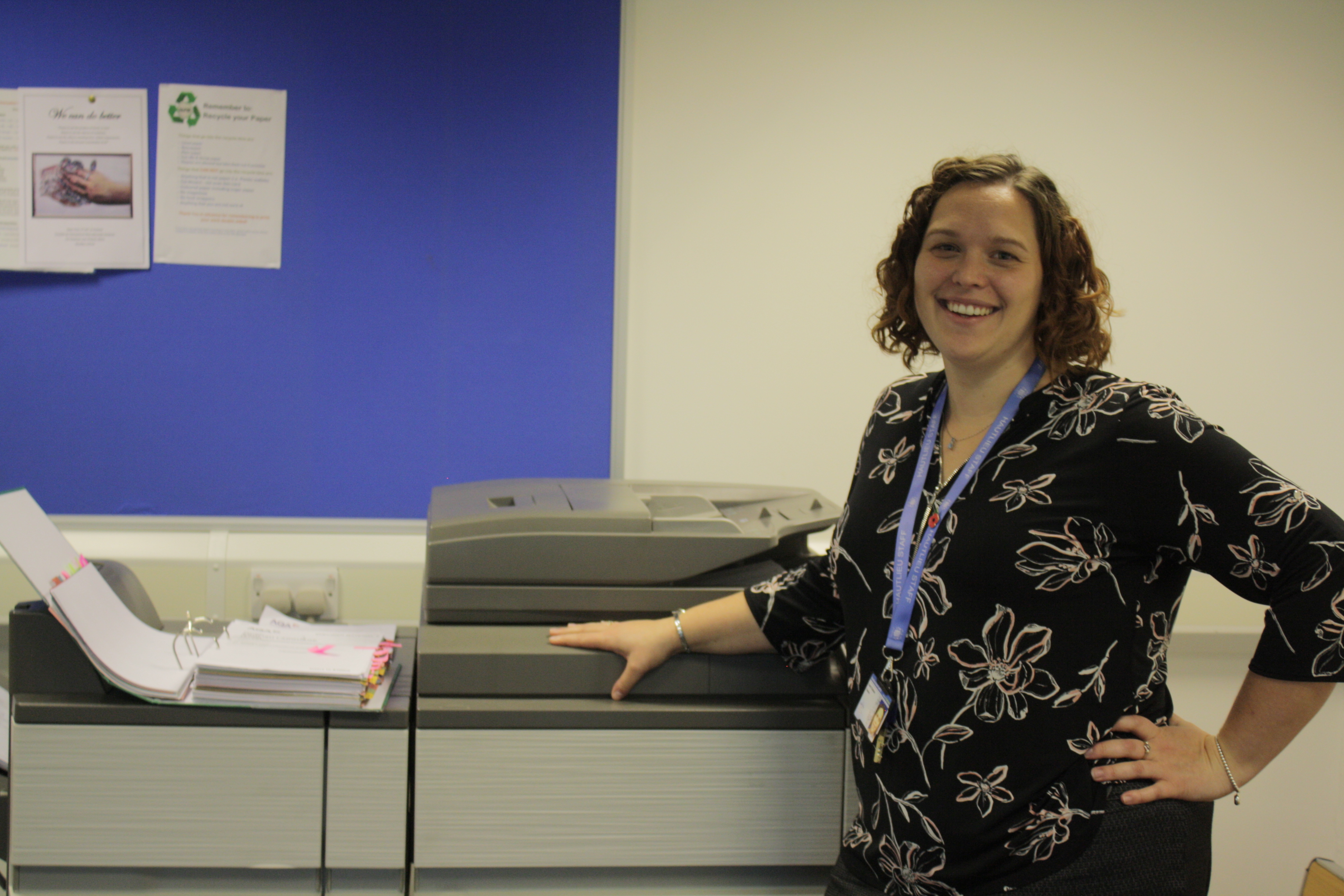
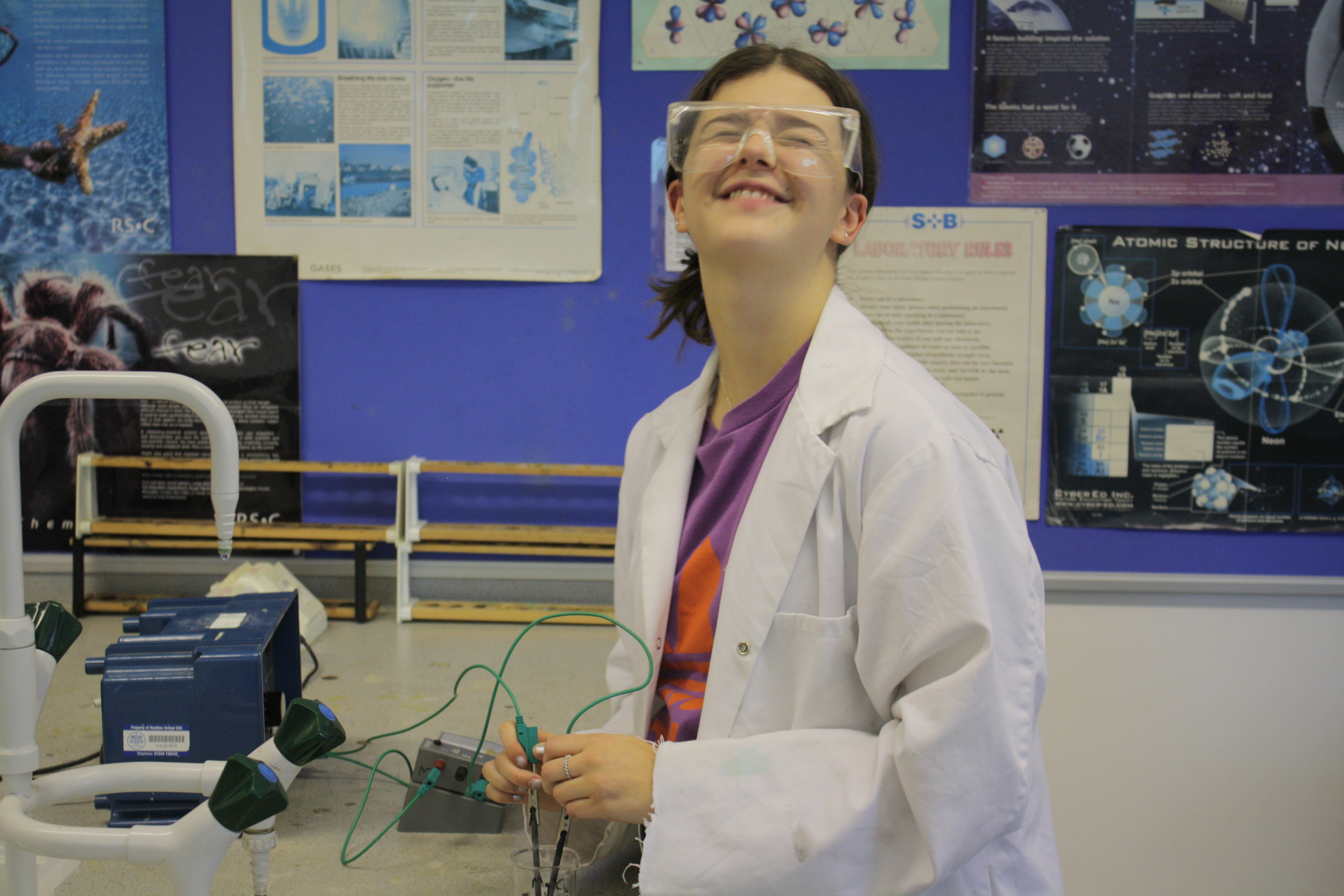
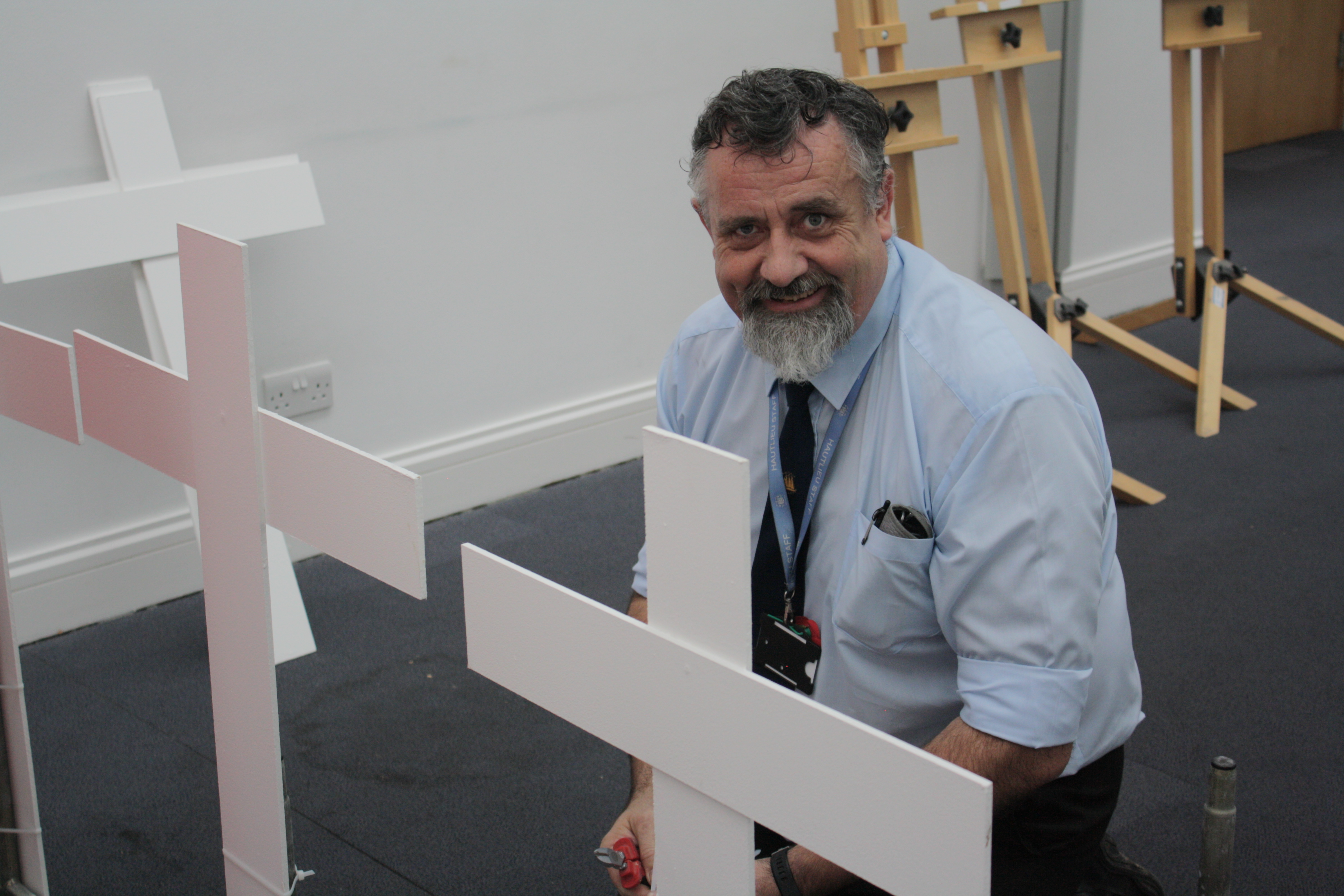
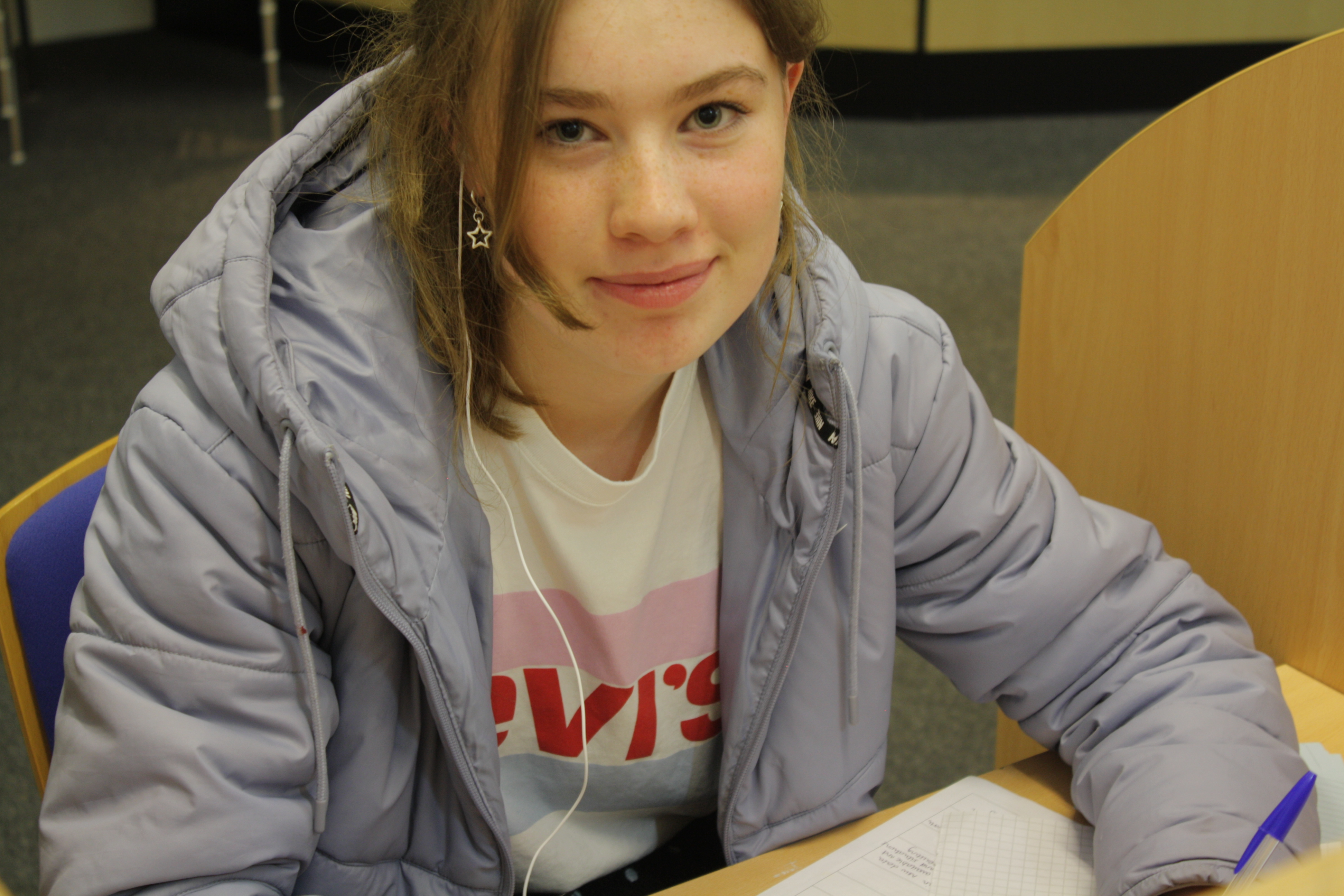
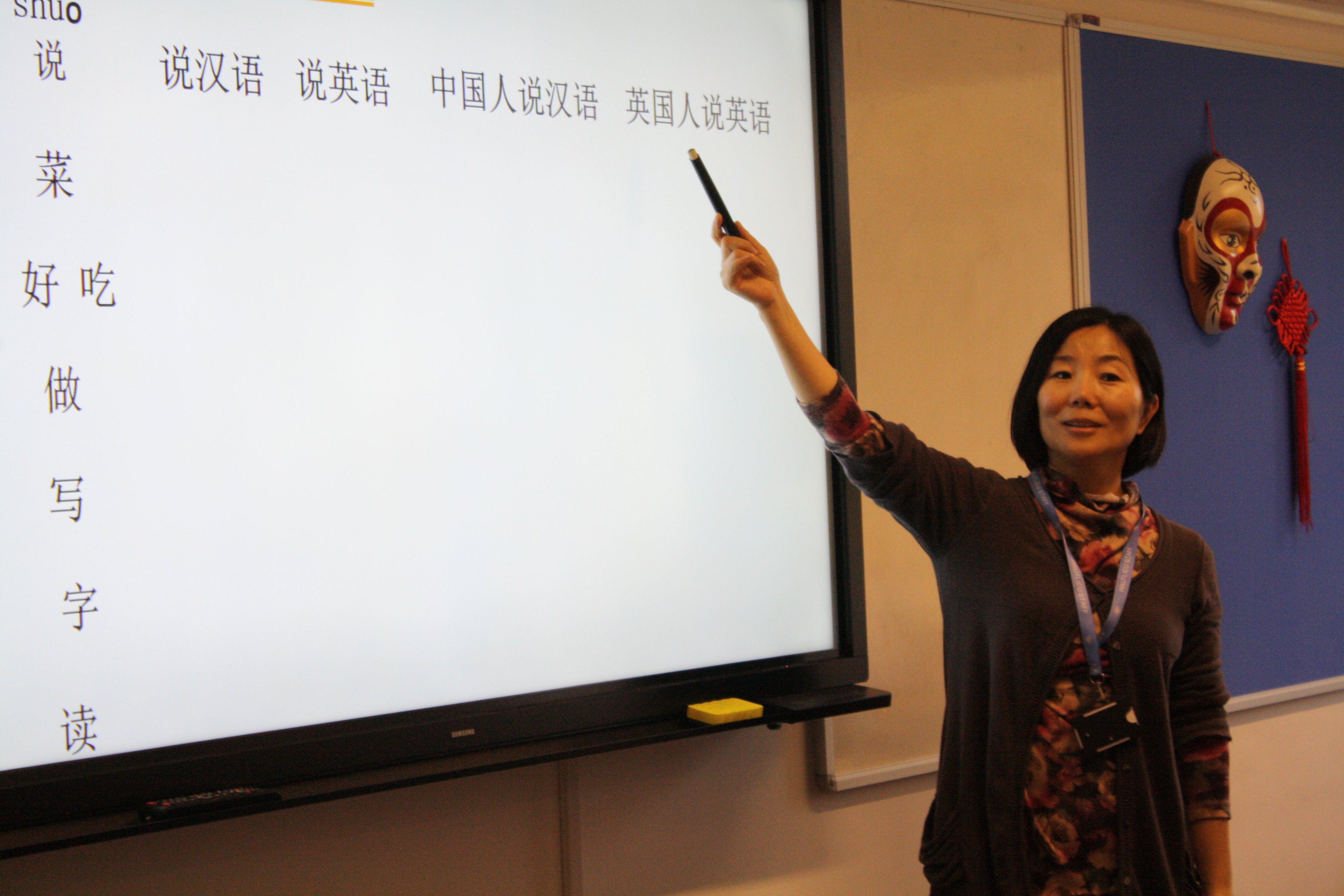







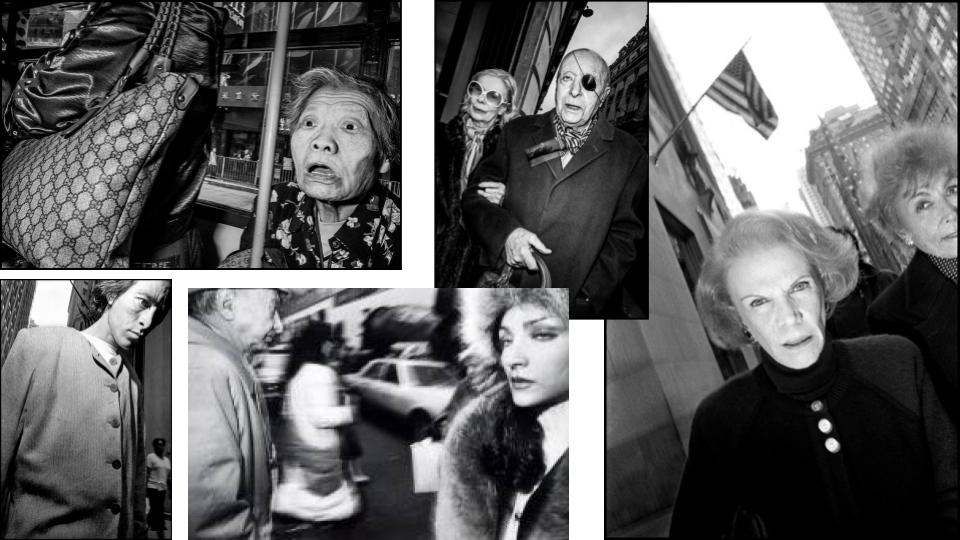



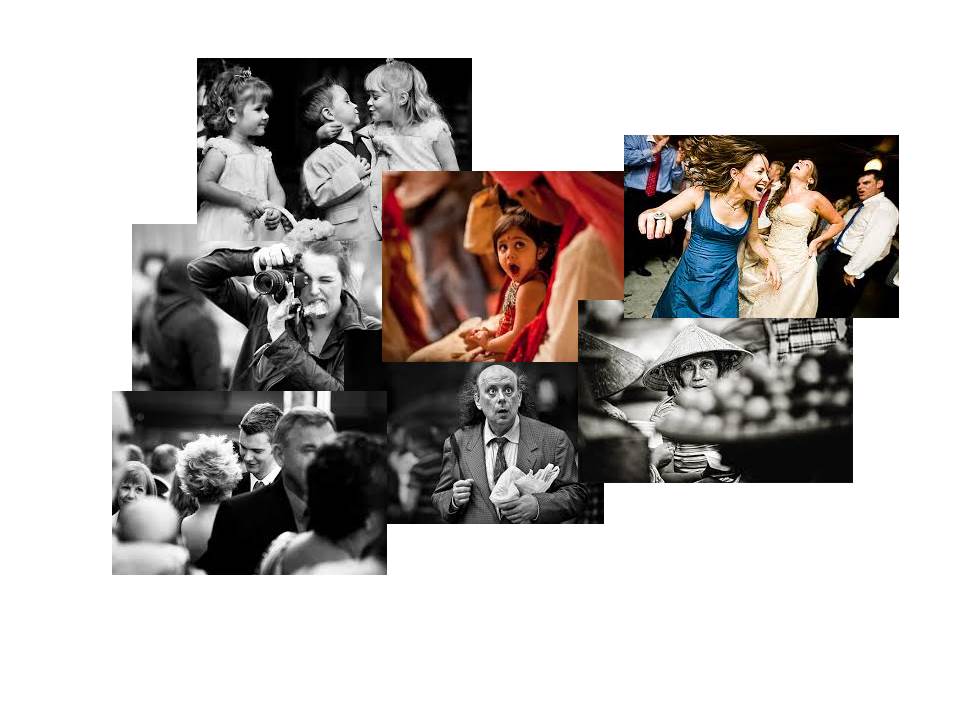
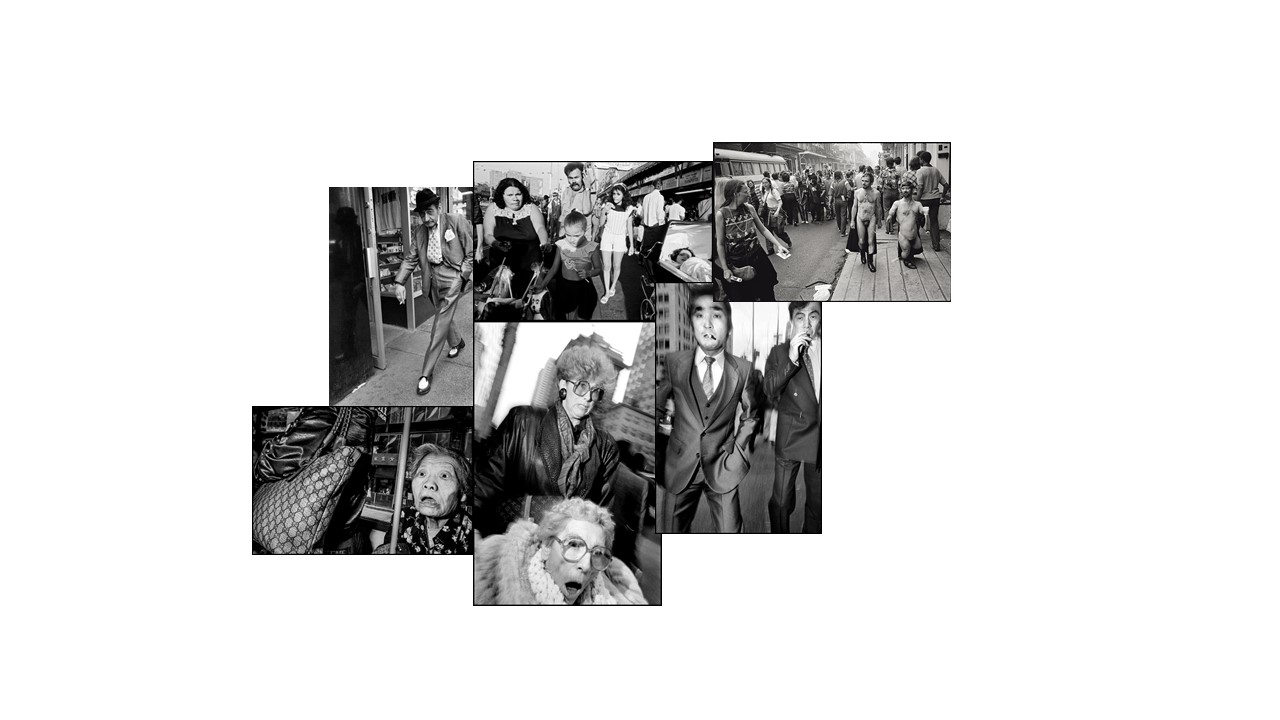

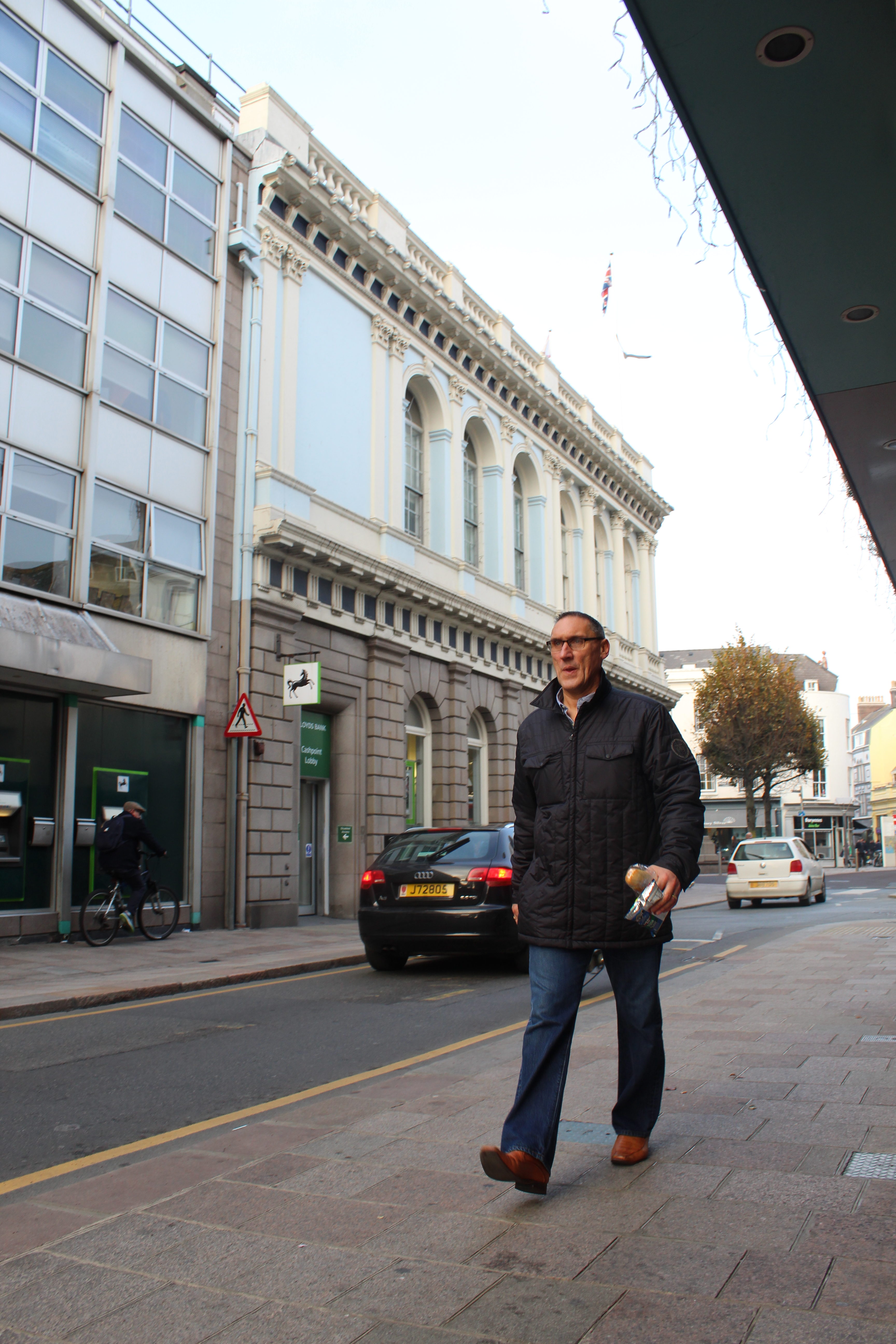
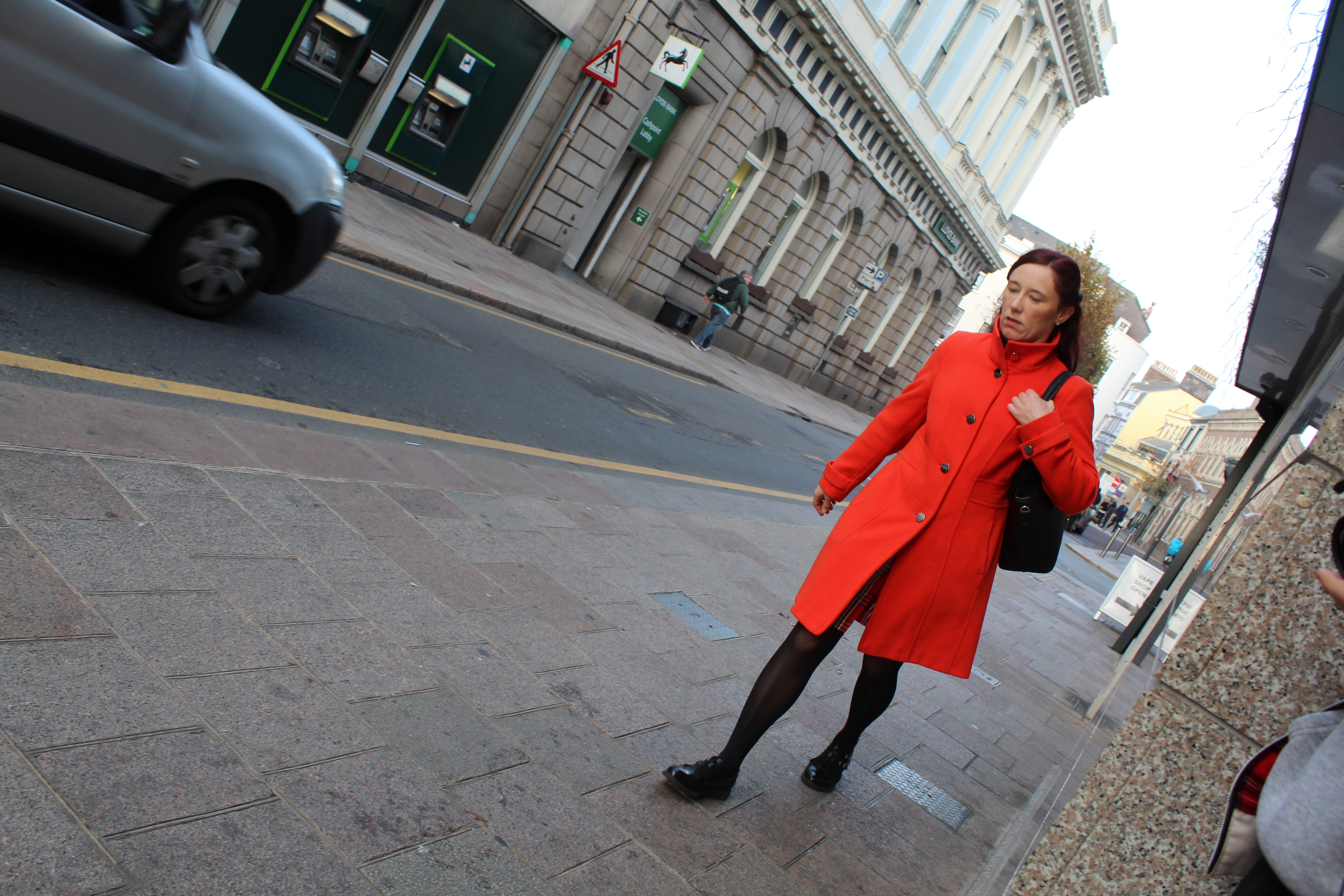

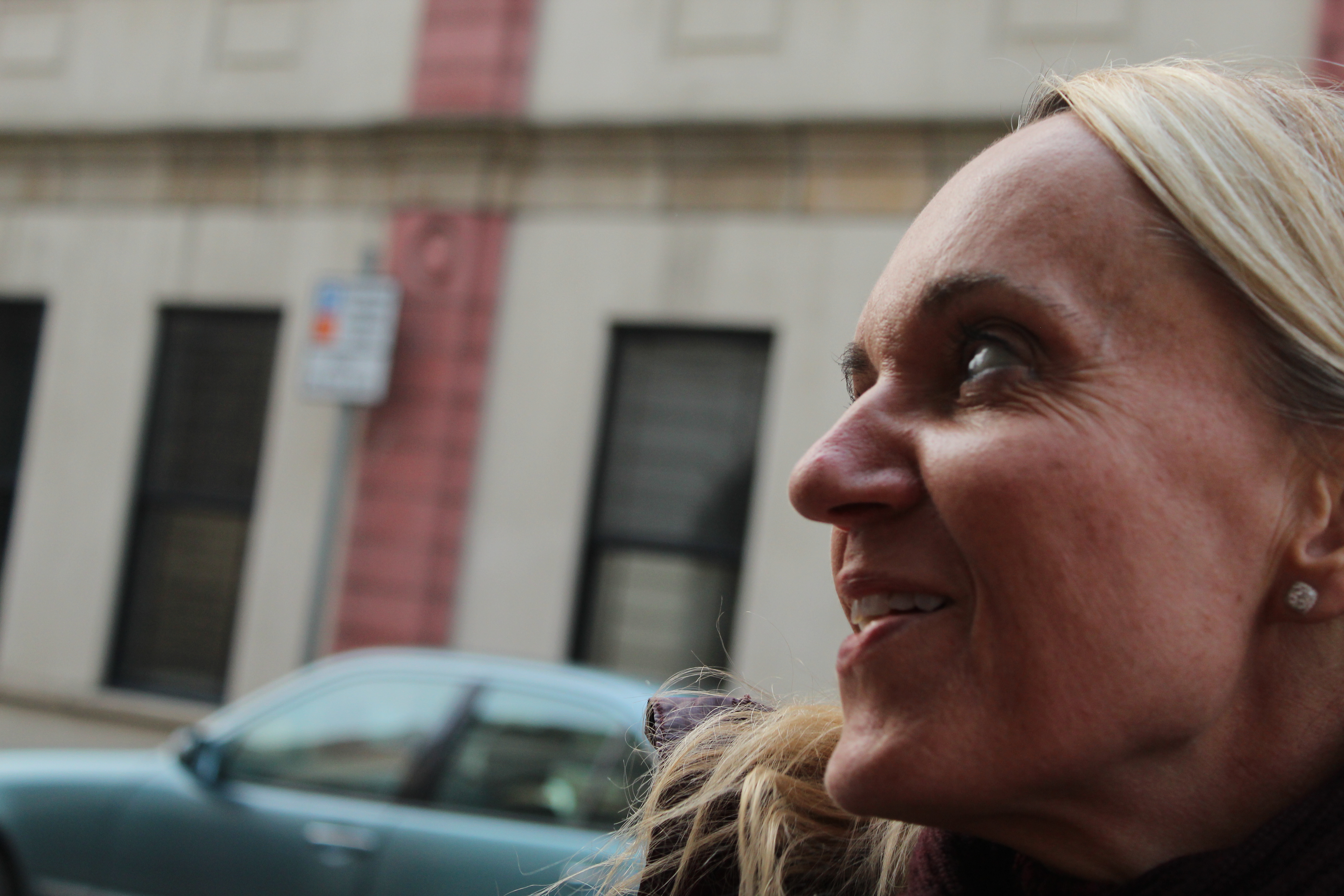


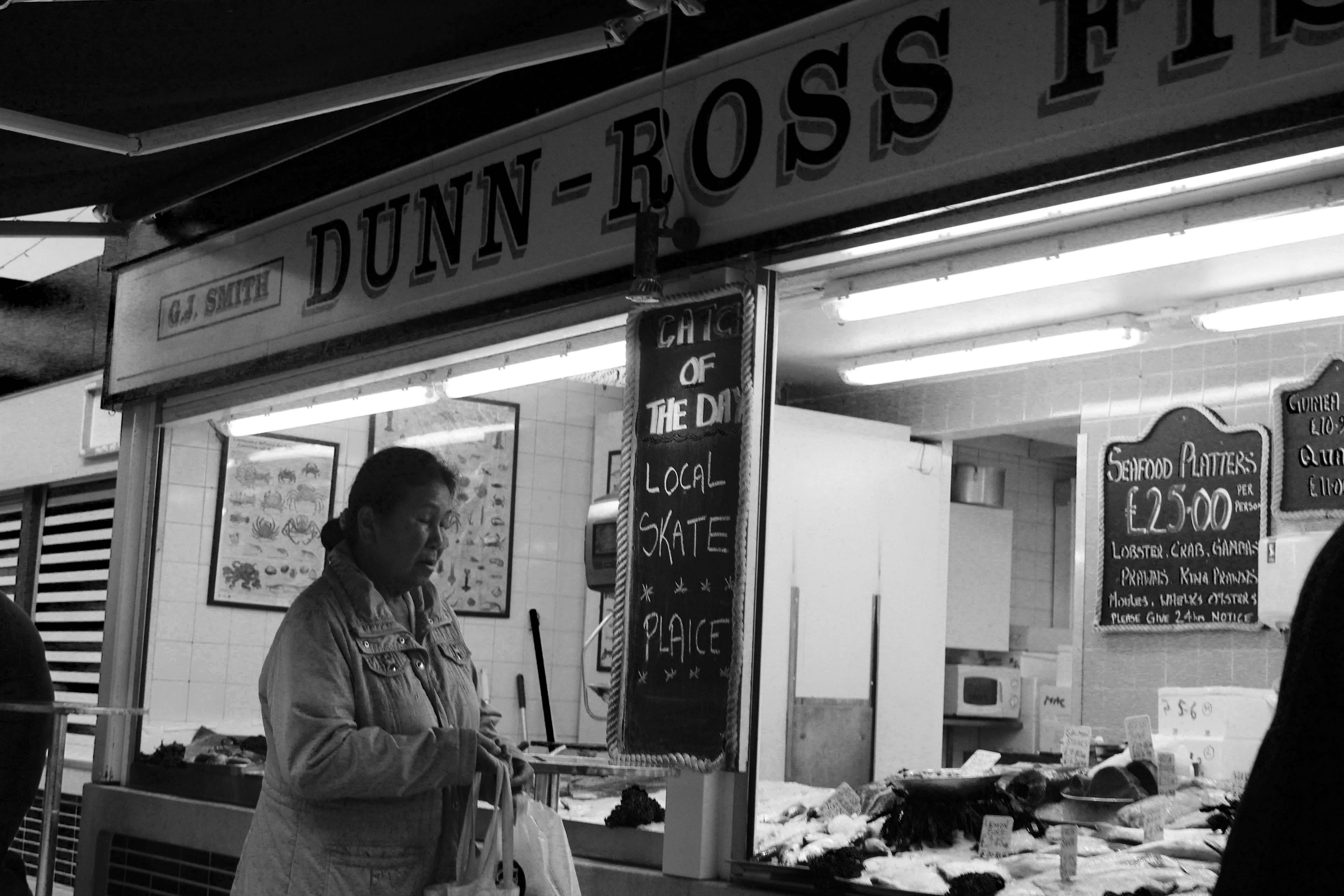
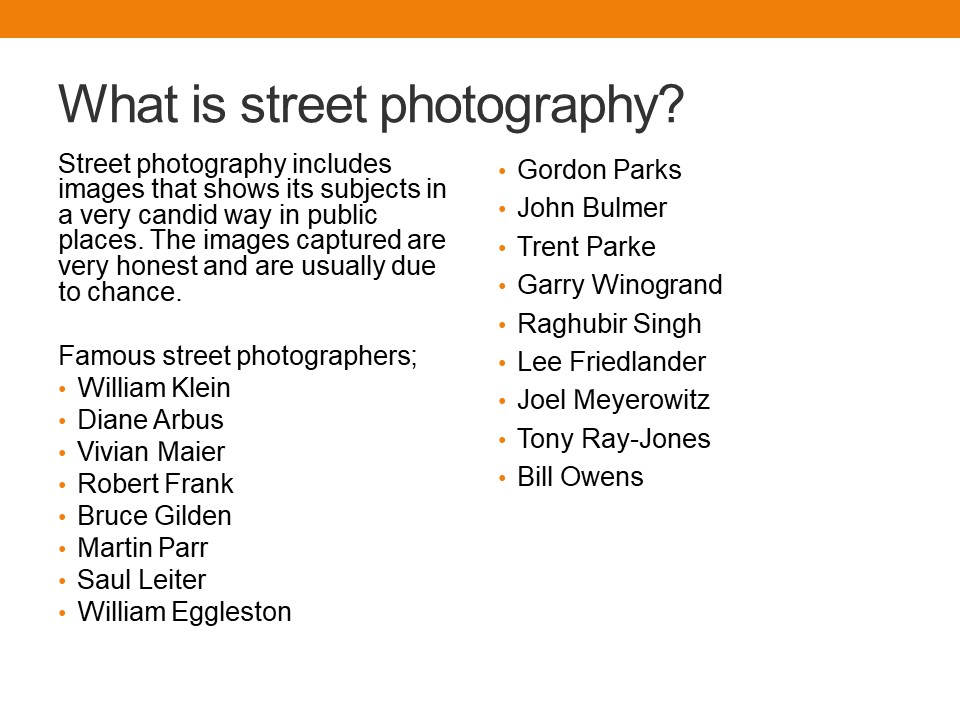
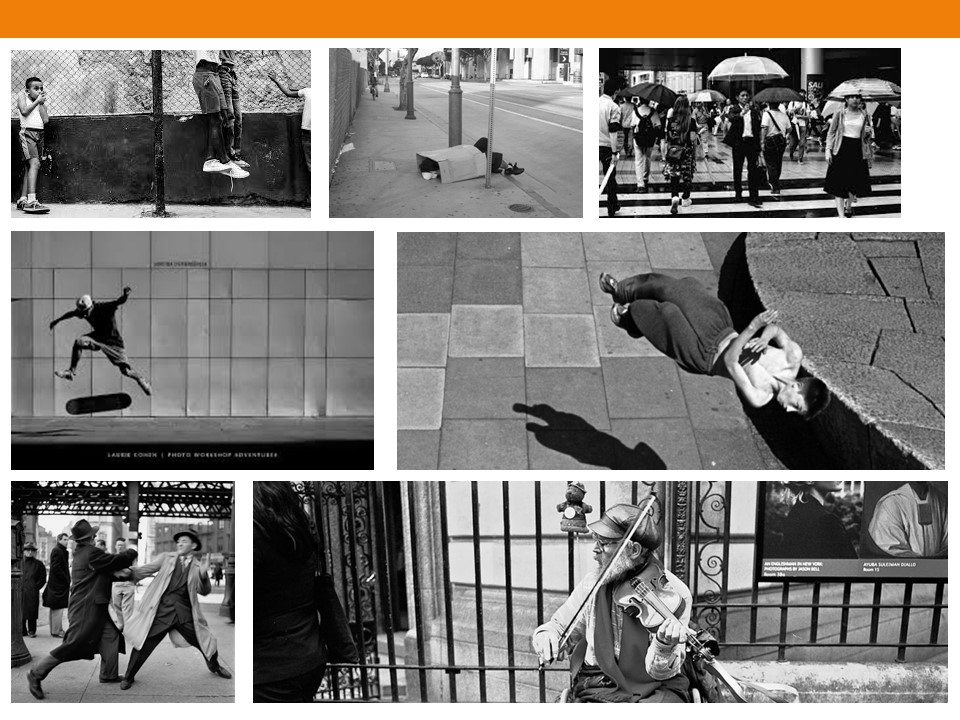
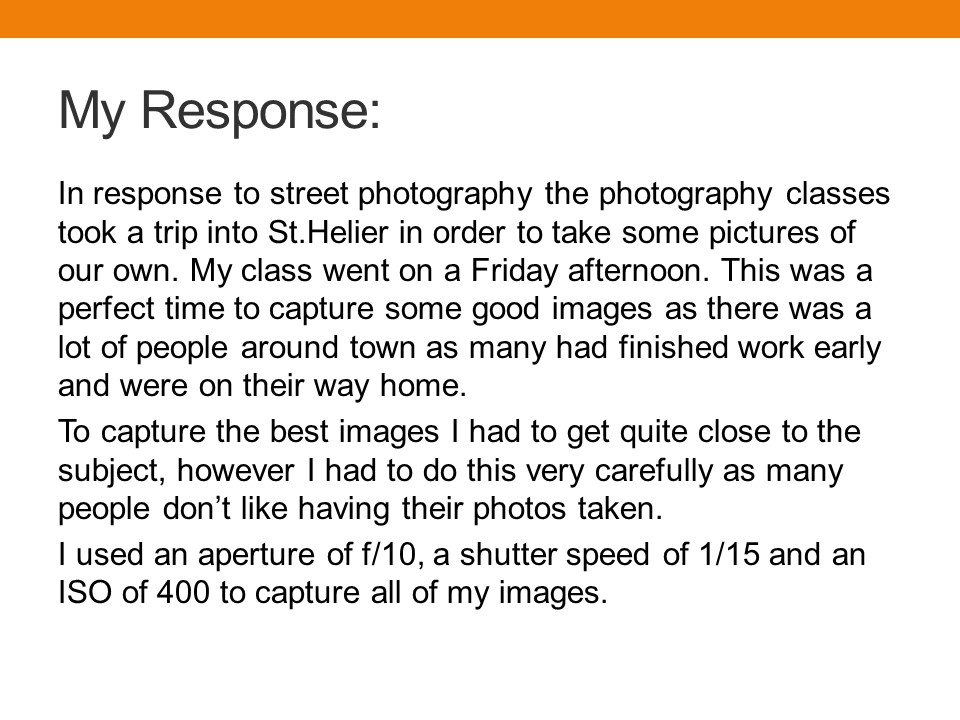
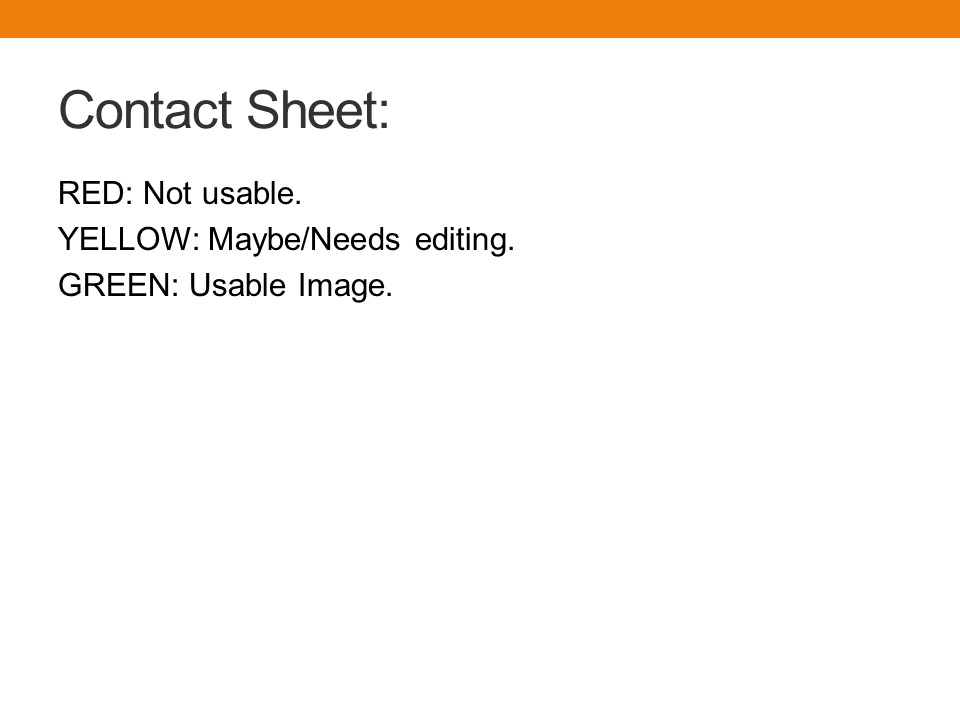

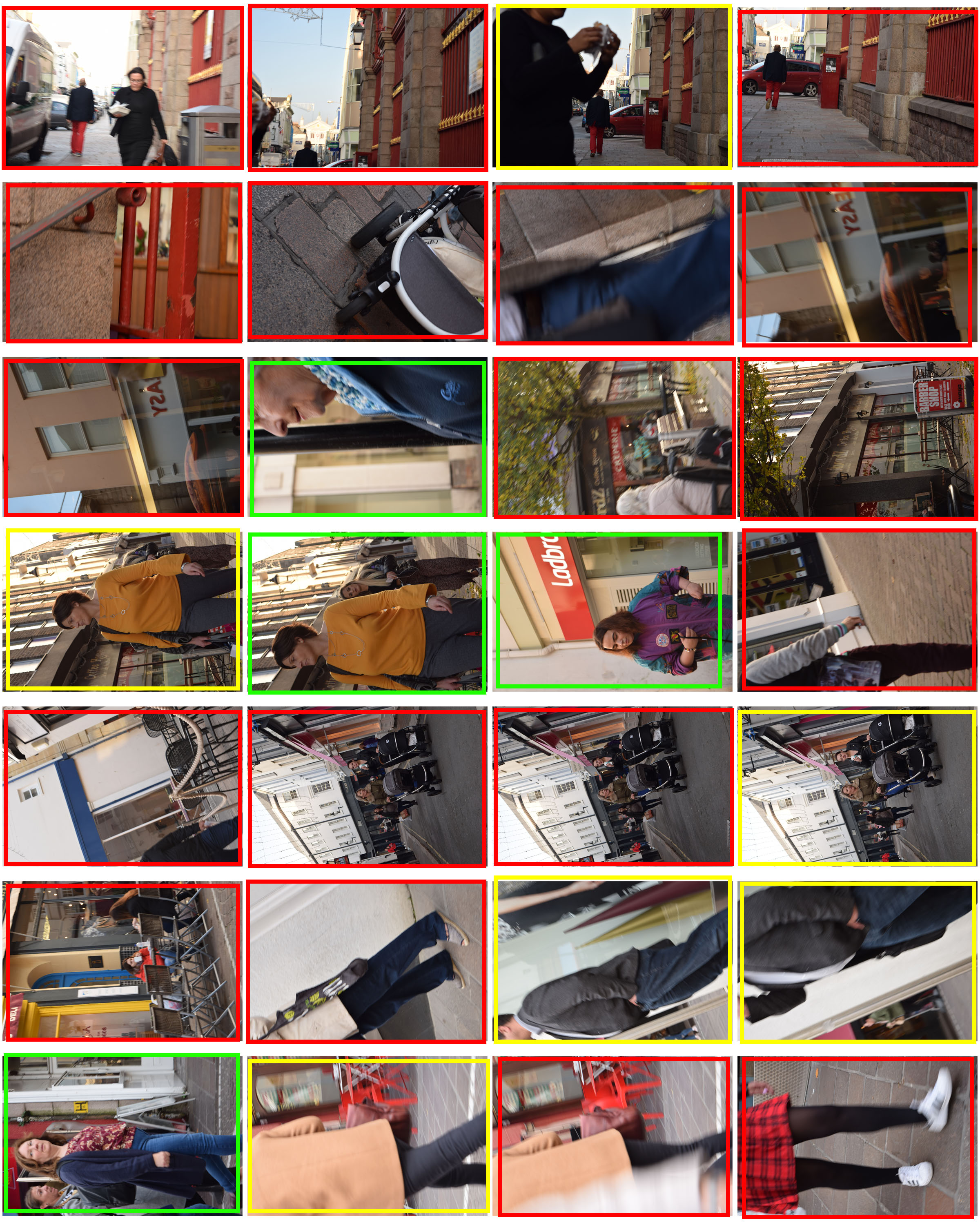
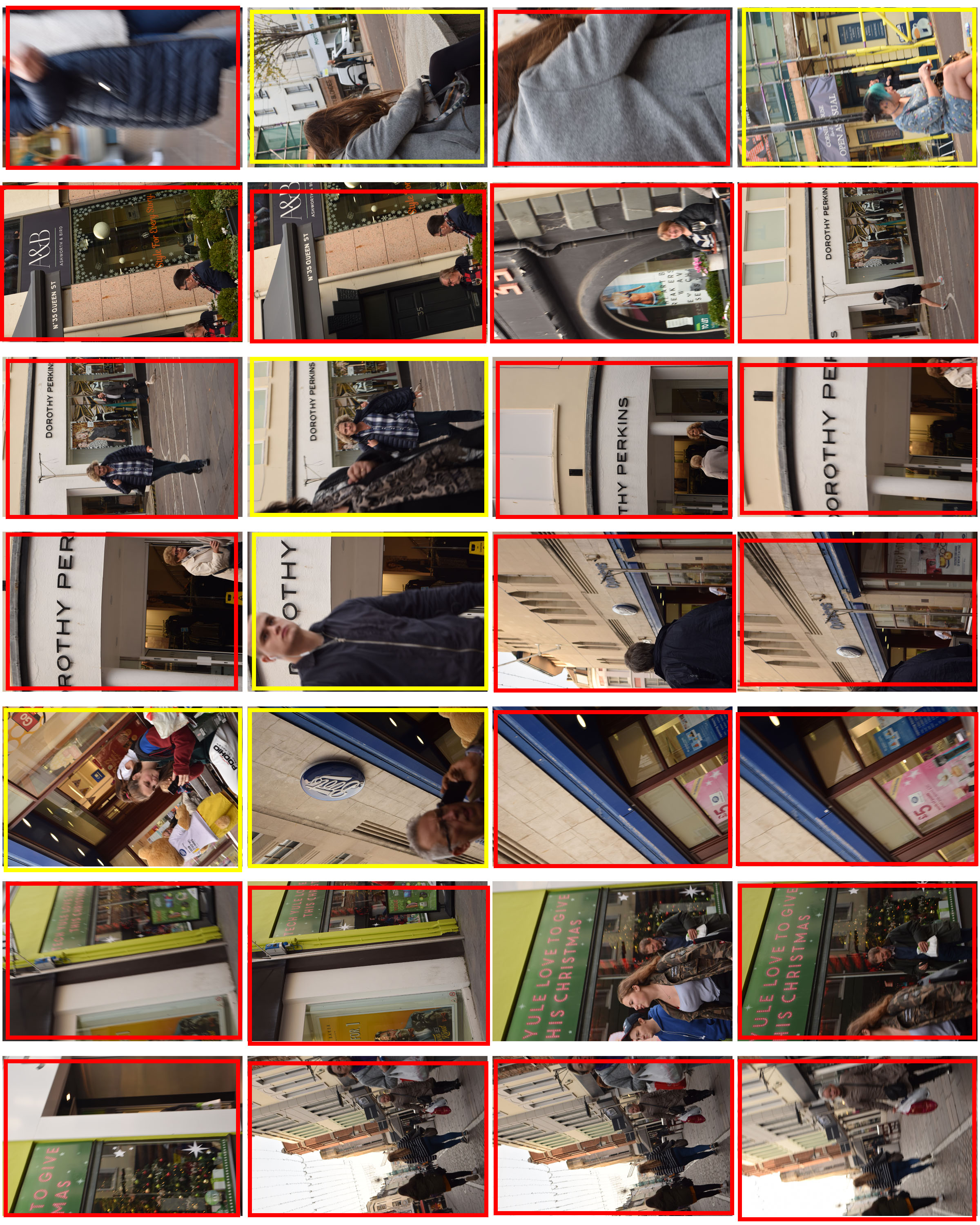
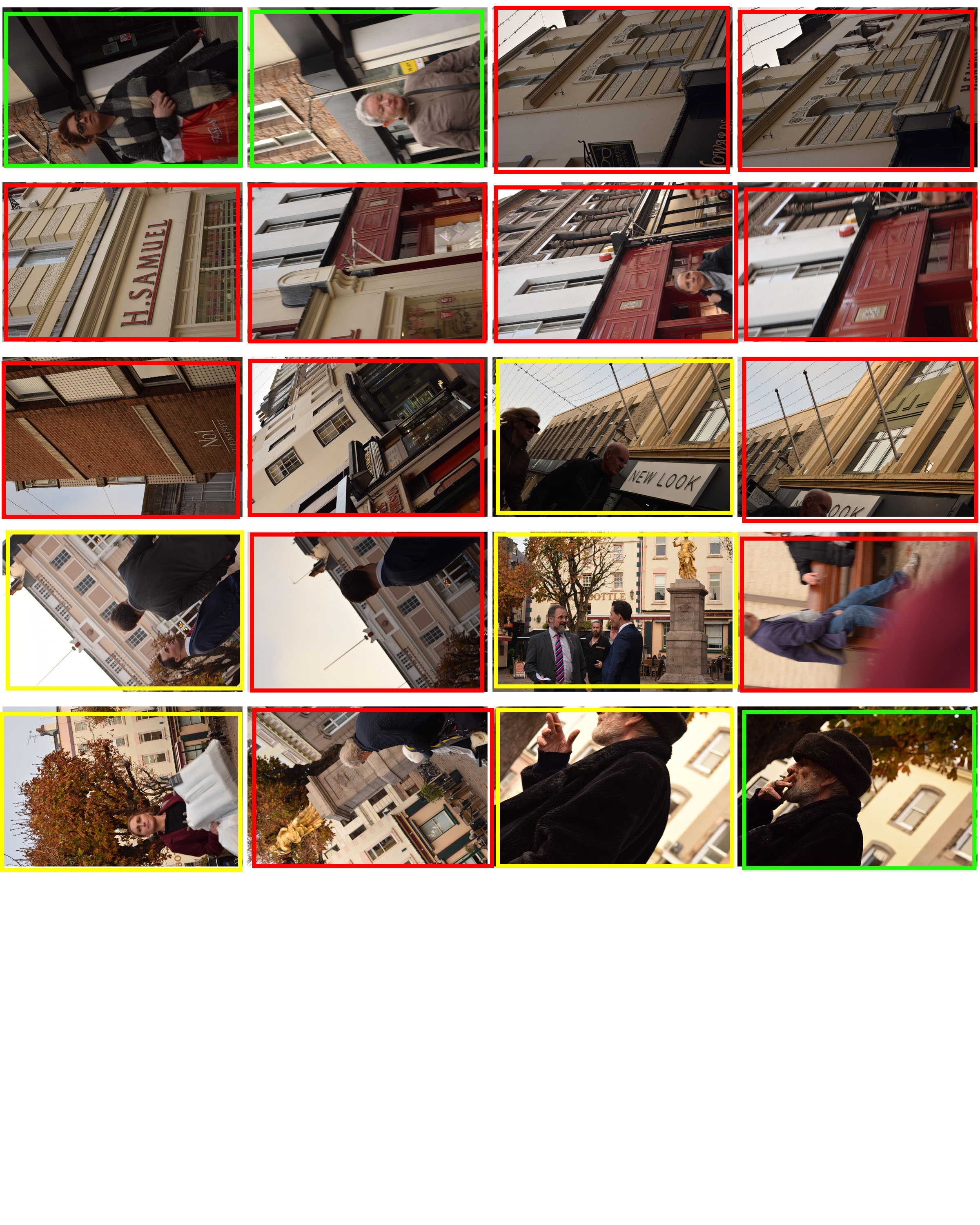
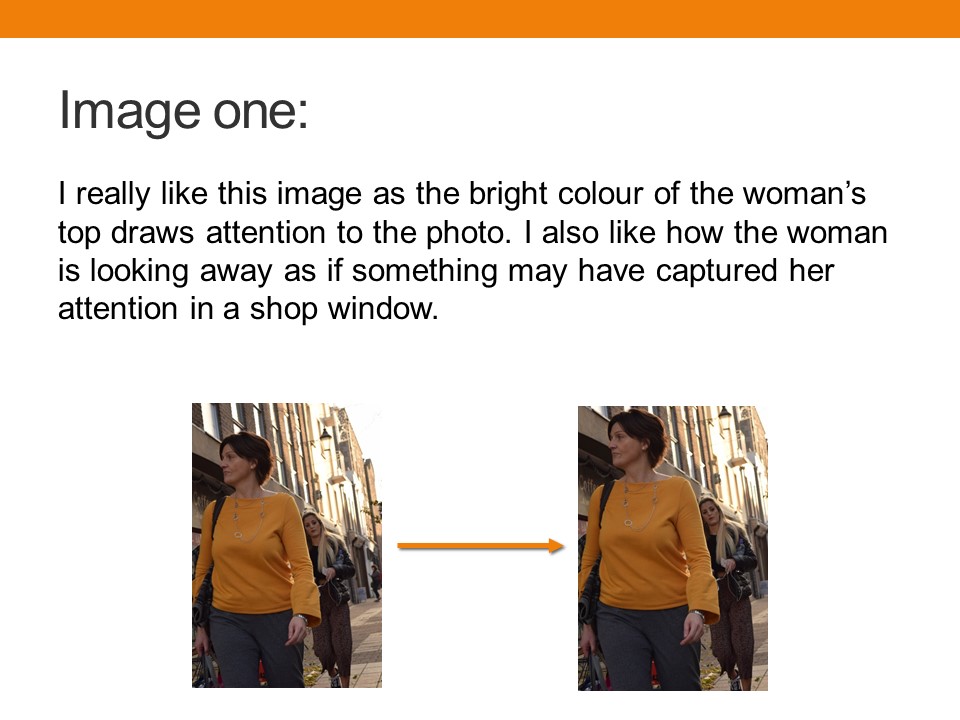
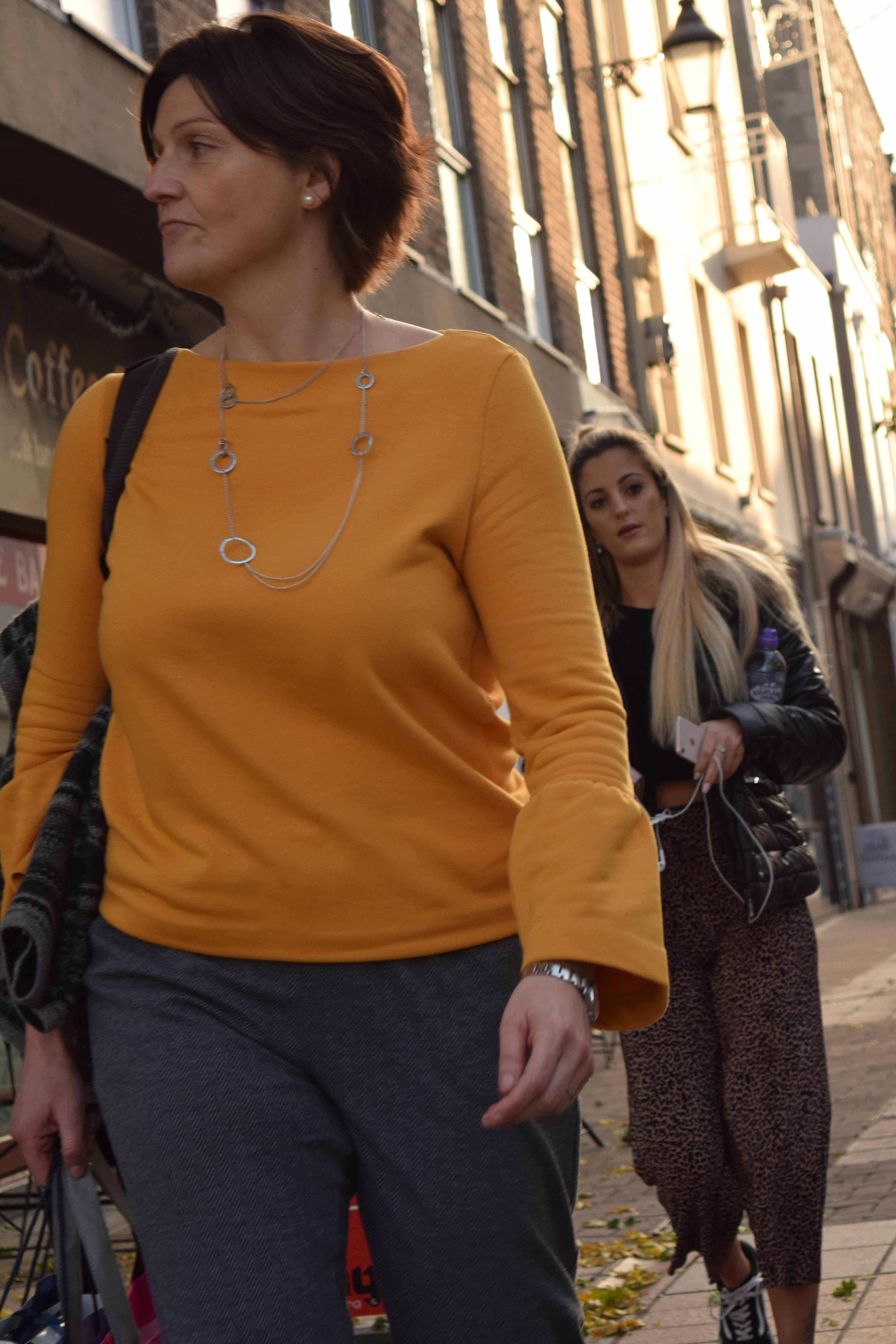
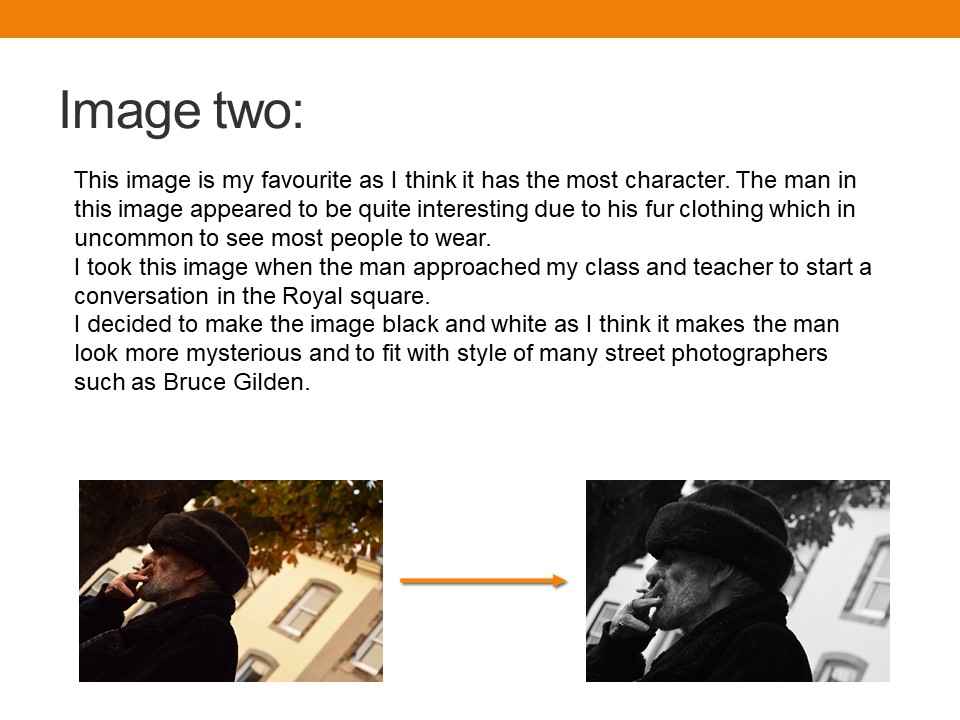
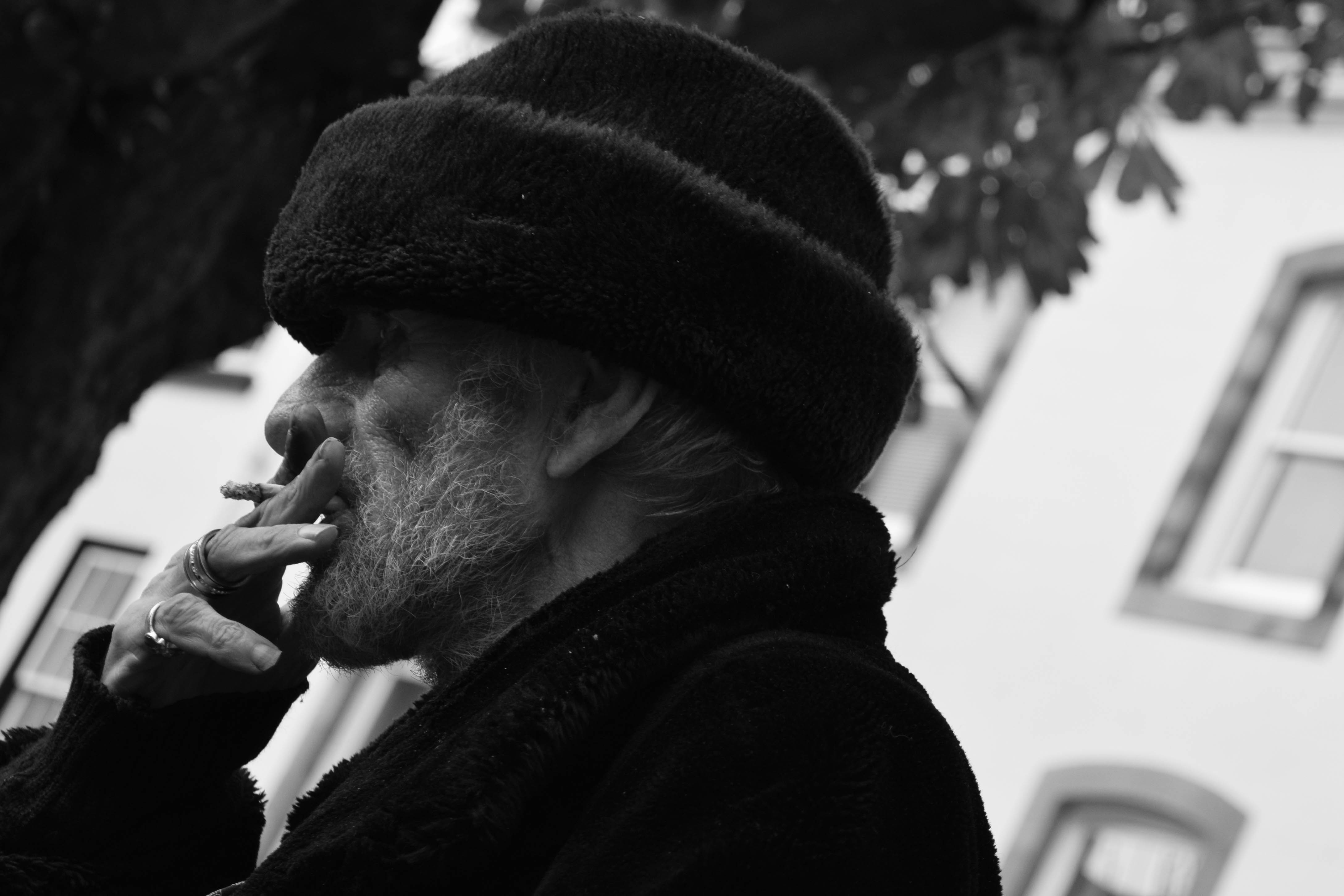


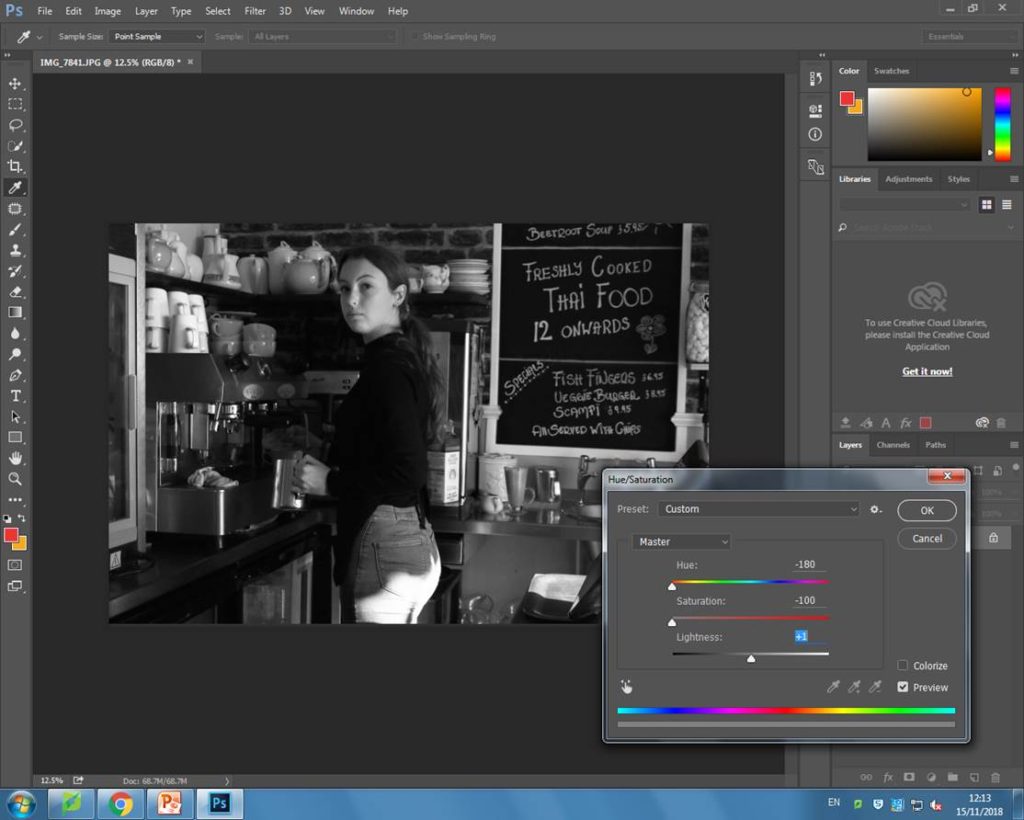
 To edit this photo I adjusted the curves so that it was slightly more saturated, as I thought this would make the overexposed white part at the bottom a little less noticeable, as the background colours would stand out a lot more. Doing that also brought down the brightness slightly, meaning that it also contributed to making sure the whiteness was less prominent. Lastly I also turned the hue and saturation right down so I was able to make the image black and white. I decided to make the image black and white instead of highly saturated for 2 reasons. Firstly, because I thought that if the image was in black and white, the overexposed part wouldn’t be as visible, and secondly, because I wanted to add an element into my image that shows I was slightly inspired by Sander as all his images were in black and white. I think this was a really good idea as it meant that I added a vintage touch into my modern day inspired environmental photography.
To edit this photo I adjusted the curves so that it was slightly more saturated, as I thought this would make the overexposed white part at the bottom a little less noticeable, as the background colours would stand out a lot more. Doing that also brought down the brightness slightly, meaning that it also contributed to making sure the whiteness was less prominent. Lastly I also turned the hue and saturation right down so I was able to make the image black and white. I decided to make the image black and white instead of highly saturated for 2 reasons. Firstly, because I thought that if the image was in black and white, the overexposed part wouldn’t be as visible, and secondly, because I wanted to add an element into my image that shows I was slightly inspired by Sander as all his images were in black and white. I think this was a really good idea as it meant that I added a vintage touch into my modern day inspired environmental photography.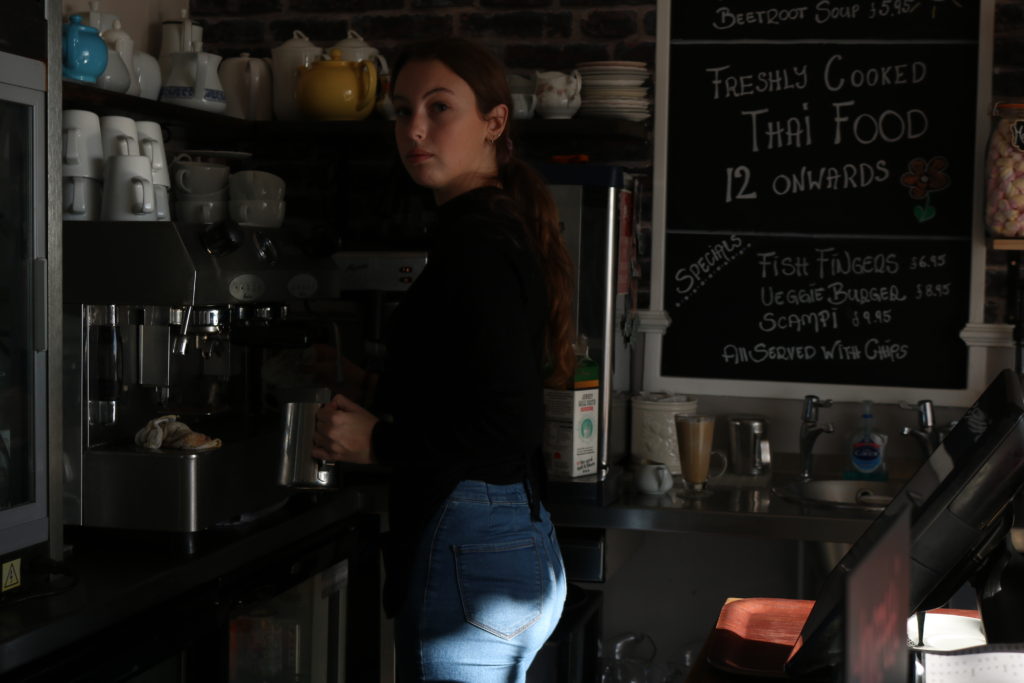

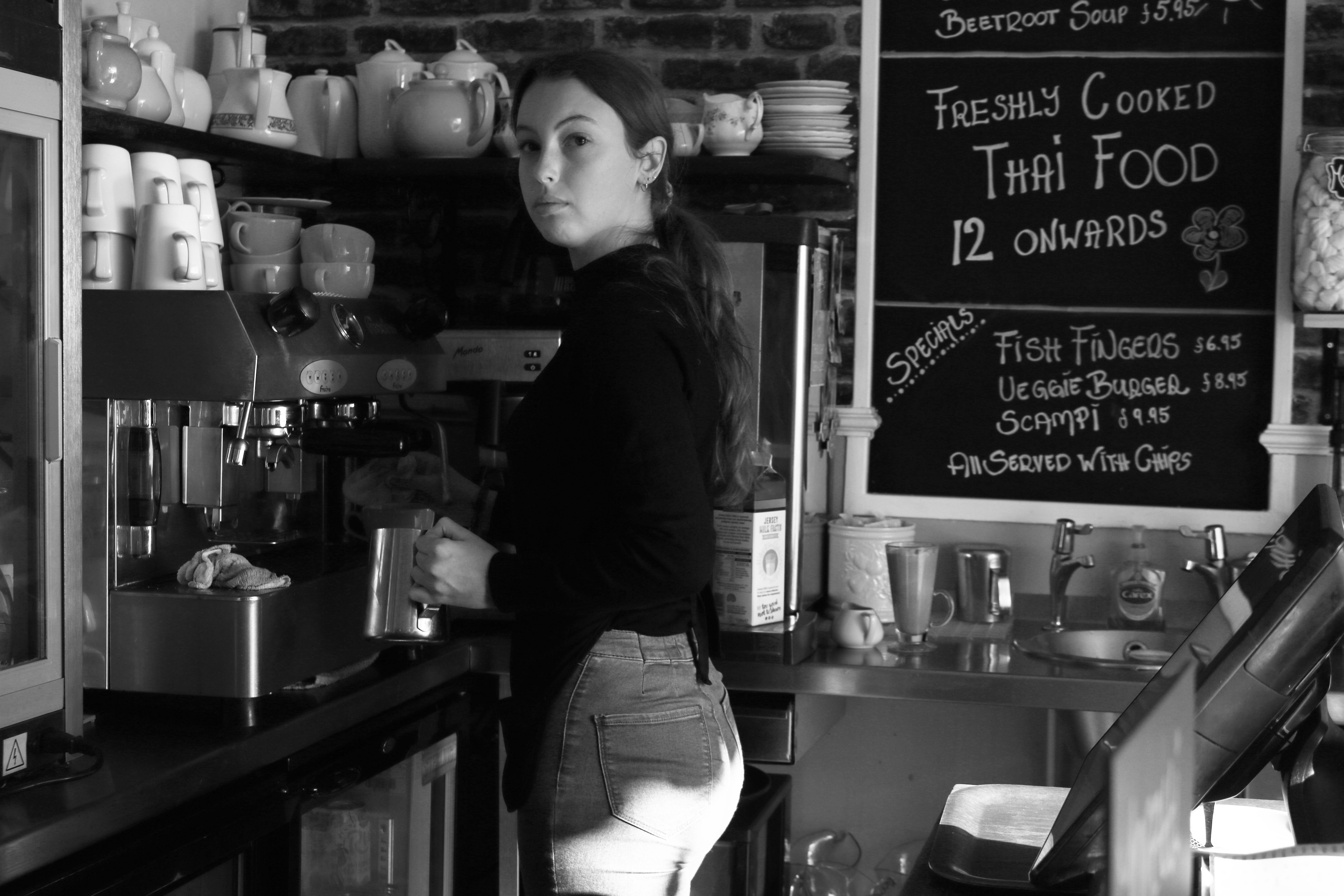 When looking at this photo, although it was far too underexposed I thought that it was an image with potential because of how the model was making intense eye contact with the camera. To edit it, I turned the brightness all the way up, so that the image wasn’t so dark. To make it fit in with my other image, and did the same technique that I mentioned previously and turned the hue and saturation all the way down to make the photo black and white.. I think that the intense stare that the model is giving, combined with a black and white filter makes the image far more successful as it makes it more dramatic and mysterious.
When looking at this photo, although it was far too underexposed I thought that it was an image with potential because of how the model was making intense eye contact with the camera. To edit it, I turned the brightness all the way up, so that the image wasn’t so dark. To make it fit in with my other image, and did the same technique that I mentioned previously and turned the hue and saturation all the way down to make the photo black and white.. I think that the intense stare that the model is giving, combined with a black and white filter makes the image far more successful as it makes it more dramatic and mysterious.
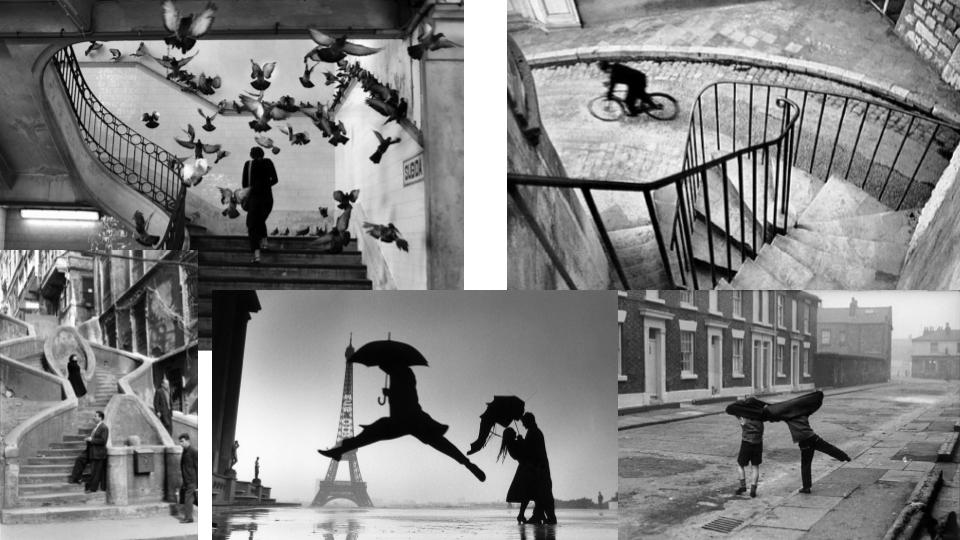

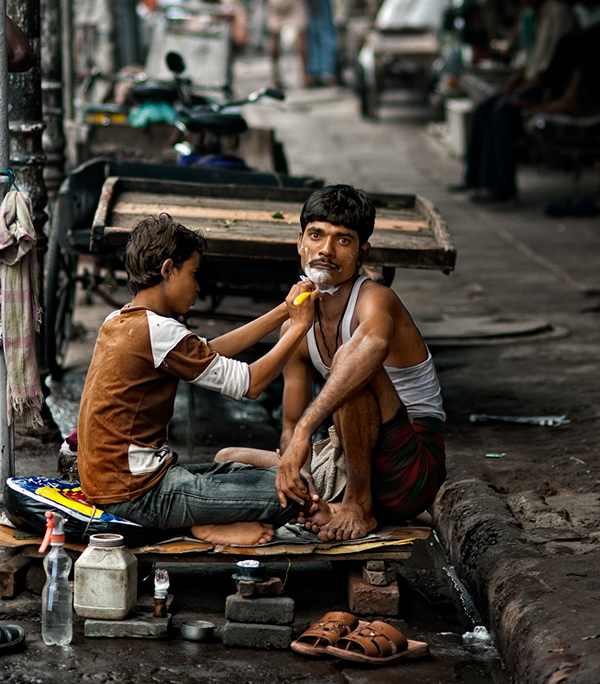 Image Credit: Prateek Dubey.
Image Credit: Prateek Dubey.
